Investing in Your Safety - Essential Products for Emergency Preparedness
In a world where unpredictability is the only constant, investing in your safety is not just a wise decision—it's a necessity. Emergencies can strike at any moment, whether it's a natural disaster, a sudden medical crisis, or an unforeseen personal threat. By preparing yourself with essential products for emergency preparedness, you are not only safeguarding your well-being but also ensuring peace of mind for your loved ones. Imagine having the confidence to face any situation, knowing you are equipped with the right tools and knowledge. This article delves into crucial products that enhance personal safety during emergencies, empowering you to take proactive steps towards your security.
An emergency kit is the cornerstone of any preparedness strategy. Think of it as your safety lifeline during unexpected situations or natural disasters. A well-stocked emergency kit should include essential supplies such as food, water, first aid items, and tools that can help you survive when the going gets tough. Here’s a quick look at what your emergency kit should contain:
- Non-perishable food - Energy bars, canned goods, and freeze-dried meals.
- Water - At least one gallon per person per day for at least three days.
- First aid supplies - Bandages, antiseptics, and medications.
- Tools - A flashlight, multi-tool, and a whistle for signaling.
Having these items readily available can make a significant difference in your ability to cope with emergencies, whether you're facing a blizzard, a flood, or any other unforeseen event.
When emergencies occur, the ability to address injuries promptly can be the difference between life and death. This is where a well-stocked first aid kit comes into play. It's critical to understand what items to include and how to use them effectively. Your first aid kit should contain:
Basic items such as bandages, antiseptics, and pain relievers are essential. Knowing how to apply a bandage or clean a wound can help you respond to injuries quickly and effectively. Imagine being in a situation where someone gets hurt, and you have the tools at your disposal to help them right away. It’s empowering!
For more serious situations, advanced first aid equipment like splints and tourniquets can be crucial. These items can stabilize injuries and prevent further harm until professional help arrives. Understanding how to use these tools can literally save lives, making it essential to include them in your kit.
But having the supplies is only half the battle; you must know how to use them! Investing in first aid training empowers you to handle medical emergencies confidently. Courses and certifications are widely available, and they can equip you with the skills needed to respond effectively in critical situations.
Regularly checking and updating your first aid kit is crucial to ensure that all supplies remain usable and effective. Items can expire or become damaged, so it's best practice to review your kit at least once a year and replace any expired or used items.
Staying connected during emergencies is vital for your safety and peace of mind. Having reliable communication tools can keep you informed and connected when traditional networks fail. Consider incorporating the following tools into your emergency plan:
Two-way radios are invaluable for maintaining communication in areas without cell service. They allow families to stay in touch even when the power is out or when cell towers are down. Imagine being able to communicate with your loved ones without relying on the grid!
Utilizing emergency alert systems can provide real-time information about threats in your area. Subscribing to these services can keep you informed during critical situations, allowing you to take action quickly and effectively.
In emergencies, personal safety can become a top priority. Self-defense products are essential tools for protecting yourself and your loved ones. Understanding the legal implications and how to use these tools effectively is crucial for your safety.
Pepper spray is a popular self-defense tool that can incapacitate an attacker temporarily. It’s easy to carry and can be a lifesaver in a dangerous situation. However, it's important to be aware of the legal considerations regarding its use in your area.
Simple yet effective, personal alarms can deter potential threats and alert others to your situation. They are compact and easy to use, making them a smart addition to your safety gear.
Power outages during emergencies can pose significant risks. Having reliable lighting solutions ensures visibility and safety in dark situations. Consider these options:
Battery-powered lanterns provide consistent lighting during power outages, making them superior to traditional flashlights. They can illuminate a larger area and are often more user-friendly, especially in stressful situations.
Solar-powered lights are eco-friendly options for emergency preparedness. They harness the sun's energy, making them sustainable and reliable choices for long-term preparedness.
Access to clean water is essential during emergencies. Various water filtration systems can ensure safe drinking water in disaster situations. Here’s what to consider:
Portable water filters are compact and effective for purifying water on the go. They are crucial for ensuring that you have access to clean water when it matters most.
Lightweight and easy to store, water purification tablets are a great addition to emergency supplies. They can effectively treat water, making it safe to drink.
Long-term food storage is a critical aspect of emergency preparedness. Having nutritious food readily available can make a significant difference during crises. Consider these options:
Convenient and having a long shelf life, freeze-dried meals are ideal for emergency kits. They require minimal preparation and can provide essential nutrients when you need them most.
Canned goods are a staple for emergency food storage due to their longevity and ease of use. Stocking your pantry with a variety of options ensures you have a reliable food source during emergencies.
Enhancing home security is essential for personal safety during emergencies. Various measures, including alarms, locks, and surveillance systems, can protect your home and family.
Security alarms act as deterrents against intruders and alert homeowners during emergencies. Understanding the different types of alarms available can help you choose the right system for your needs.
Smart home technology offers innovative solutions for monitoring and securing your home. Devices that provide real-time alerts and remote access can enhance your peace of mind and safety.
Q: What should I prioritize when building my emergency kit?
A: Focus on essential items like food, water, first aid supplies, and communication tools. Tailor your kit to your specific needs and environment.
Q: How often should I check my first aid kit?
A: It's best to review your first aid kit at least once a year to ensure that all supplies are current and effective.
Q: Are self-defense products legal everywhere?
A: Laws regarding self-defense products vary by location, so it's important to research local regulations before purchasing or carrying any self-defense tools.
Q: How can I stay informed during an emergency?
A: Subscribe to emergency alert systems and keep communication tools like two-way radios handy to receive real-time information.
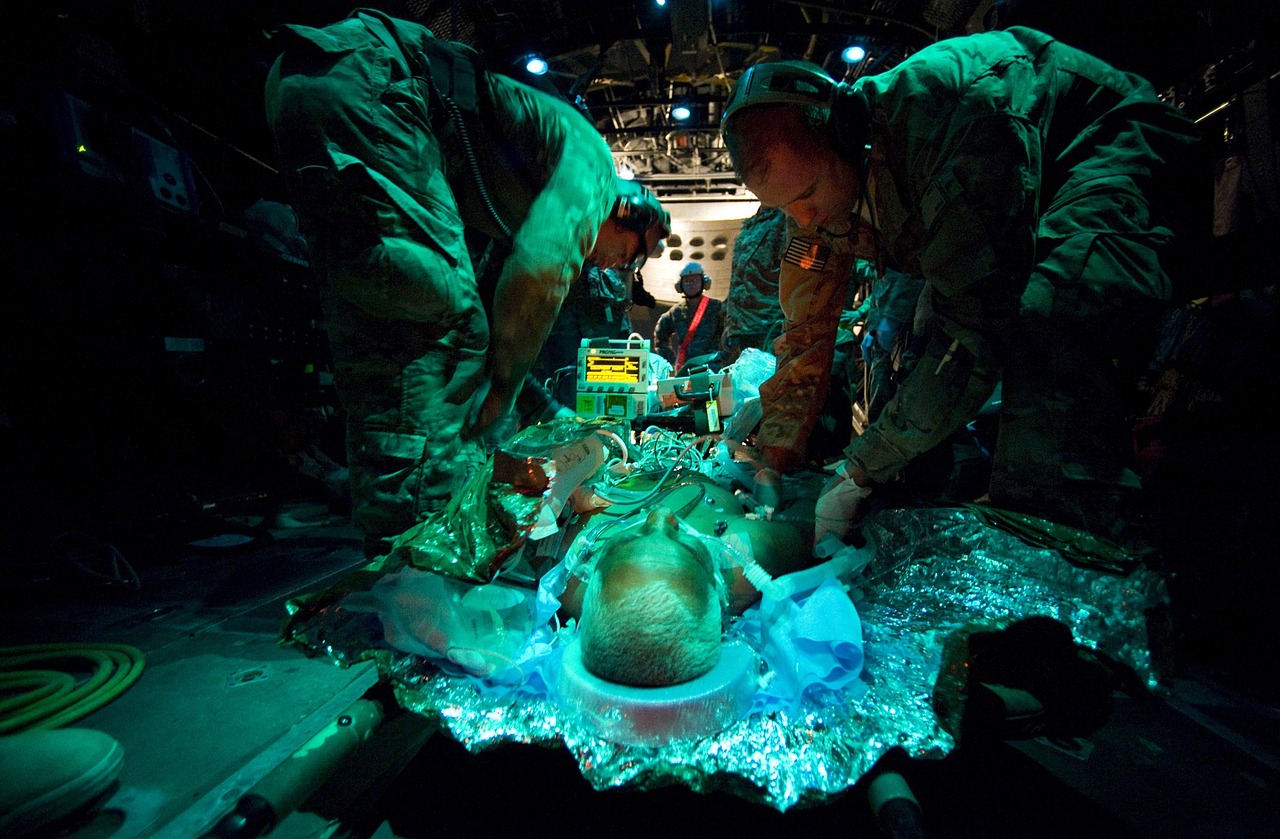
Emergency Kits
An emergency kit is not just a box of supplies; it’s a lifeline during unexpected situations. Imagine waking up to a natural disaster or an unforeseen emergency—having an emergency kit ready can mean the difference between chaos and calm. These kits should be thoughtfully assembled to include essential supplies that can sustain you and your loved ones until help arrives or until you can get back on your feet. The core items typically include food, water, first aid supplies, and various tools that can assist in survival scenarios.
When considering what to include in your emergency kit, think about your specific needs and those of your family. For instance, if you have young children or pets, you’ll want to include items like baby formula or pet food. Here’s a brief overview of what a comprehensive emergency kit should contain:
- Water: At least one gallon per person per day for at least three days, for drinking and sanitation.
- Food: A minimum of a three-day supply of non-perishable items such as canned goods, granola bars, or freeze-dried meals.
- First Aid Kit: Essential medical supplies to treat minor injuries.
- Tools: Items like a multi-tool, flashlight, and batteries are crucial for repairs or signaling for help.
- Personal Items: Include medications, glasses, and important documents stored in a waterproof bag.
It’s also wise to consider the environment where you live. If you’re in an area prone to flooding, for example, waterproof containers can protect your supplies. Additionally, think about how you will transport your emergency kit if you need to evacuate. A sturdy backpack or a rolling bag can make a significant difference in mobility.
Regularly checking and updating your emergency kit is essential. Over time, food can expire, medications can become outdated, and batteries can lose their charge. Set a schedule—perhaps every six months—to review your kit and replenish any items that are no longer usable. This way, when an emergency strikes, you won’t be scrambling to find out what is missing or outdated.
In conclusion, investing time and resources into creating a well-rounded emergency kit is a proactive step towards ensuring your safety and that of your family. It’s not just about having supplies; it’s about having peace of mind knowing that you’re prepared for whatever life throws your way.
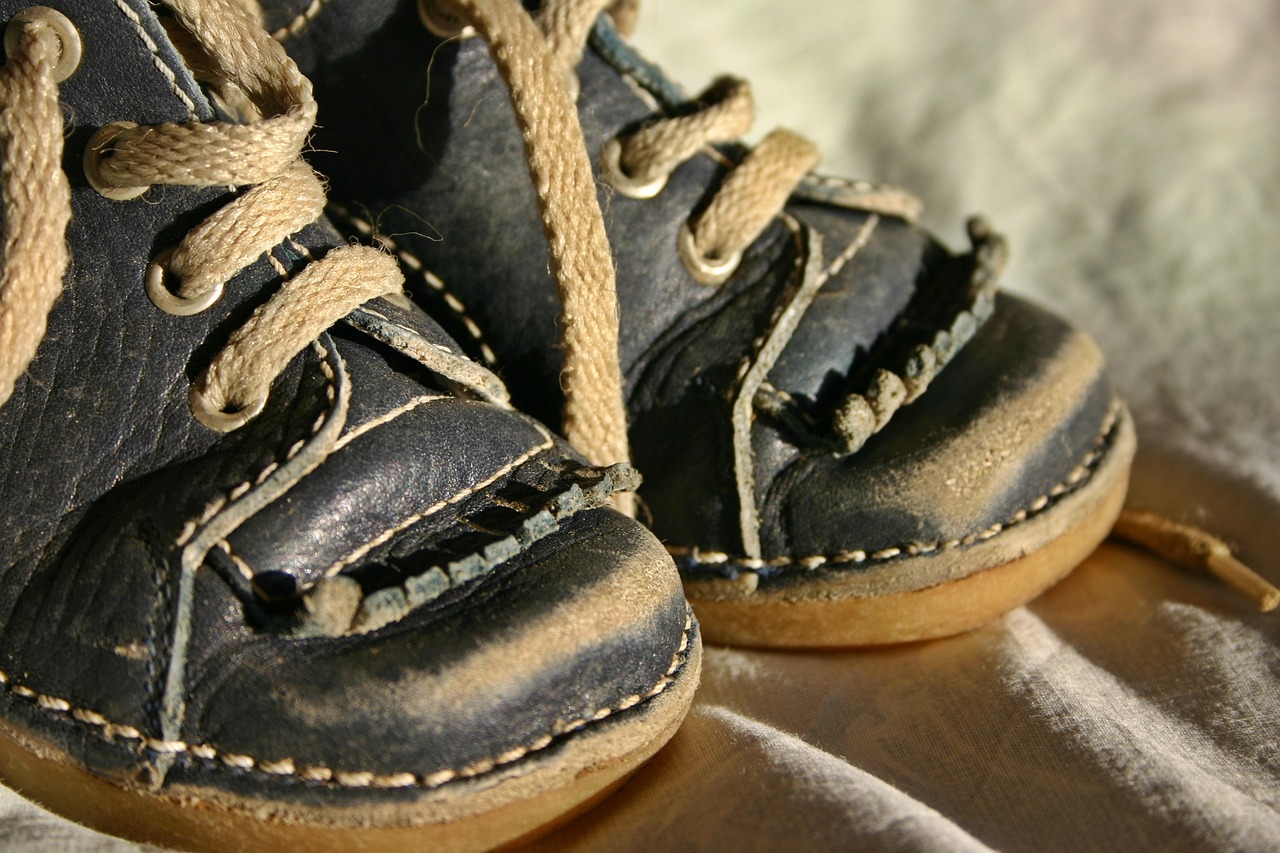
First Aid Supplies
Having a well-stocked first aid kit is critical for addressing injuries during emergencies. Imagine you're in a situation where someone gets hurt—having the right supplies on hand can make all the difference. A first aid kit should not be just a random collection of items; it should be a carefully curated selection designed to address a variety of potential injuries. This includes everything from minor cuts and scrapes to more serious wounds that may require immediate attention.
When assembling your first aid kit, consider the following essential items:
- Bandages: Various sizes to cover different wounds.
- Antiseptics: To clean wounds and prevent infection.
- Pain relievers: Such as ibuprofen or acetaminophen for discomfort.
Understanding the basic items in a first aid kit is crucial. Each item serves a specific purpose, and knowing how to use them effectively can help individuals respond to injuries promptly. For instance, applying a bandage correctly can help stop bleeding, while antiseptics can prevent infections that could complicate recovery. Think of your first aid kit as your emergency toolbox—each tool has its role, and knowing how to wield them can be the difference between a minor mishap and a major medical issue.
In addition to the essentials, you might want to think about including advanced supplies. Items like splints and tourniquets can be lifesavers in more serious situations. Imagine a scenario where someone suffers a severe injury; having these items ready can provide the necessary support until professional help arrives. It's not just about having the supplies; it's also about knowing how to use them. A tourniquet, for example, can stop severe bleeding, but if applied incorrectly, it can cause more harm than good.
Investing time in learning how to use advanced first aid equipment is invaluable. Many organizations offer training courses that teach you how to handle various medical emergencies. This knowledge empowers you to act quickly and effectively, which can be critical in a life-threatening situation. Just like a firefighter trains to extinguish flames, you too can be prepared to tackle unexpected medical crises.
Before diving into the world of first aid supplies, consider investing in first aid training. Courses are available through organizations like the American Red Cross or local health departments. These courses often cover a wide range of topics, including CPR, wound care, and how to respond to choking incidents. Being trained not only enhances your confidence but also equips you with the skills needed to save lives in emergencies.
Once you've assembled your first aid kit, don’t just forget about it! Regularly checking and updating your supplies ensures that everything remains usable and effective. This means replacing expired medications, restocking items that have been used, and even reviewing your knowledge of how to use the items in your kit. Think of it as a relationship; you wouldn’t neglect a friend, and your first aid kit deserves the same attention. Set a reminder to review your kit every six months to keep it in top shape.
In summary, a well-stocked and maintained first aid kit is a cornerstone of emergency preparedness. By understanding the necessary supplies, investing in training, and committing to regular maintenance, you can ensure that you and your loved ones are ready to face any emergency situation with confidence. Remember, being prepared is not just about having the right tools; it’s about knowing how to use them effectively when it matters most.
Q: What should I include in my first aid kit?
A: Your first aid kit should include bandages, antiseptics, pain relievers, and any personal medications. Consider adding advanced supplies like splints and tourniquets for serious injuries.
Q: How often should I check my first aid kit?
A: It's advisable to check your first aid kit every six months to replace expired items and restock supplies that have been used.
Q: Where can I get first aid training?
A: Organizations like the American Red Cross offer various first aid training courses, which can be found online or through local community centers.
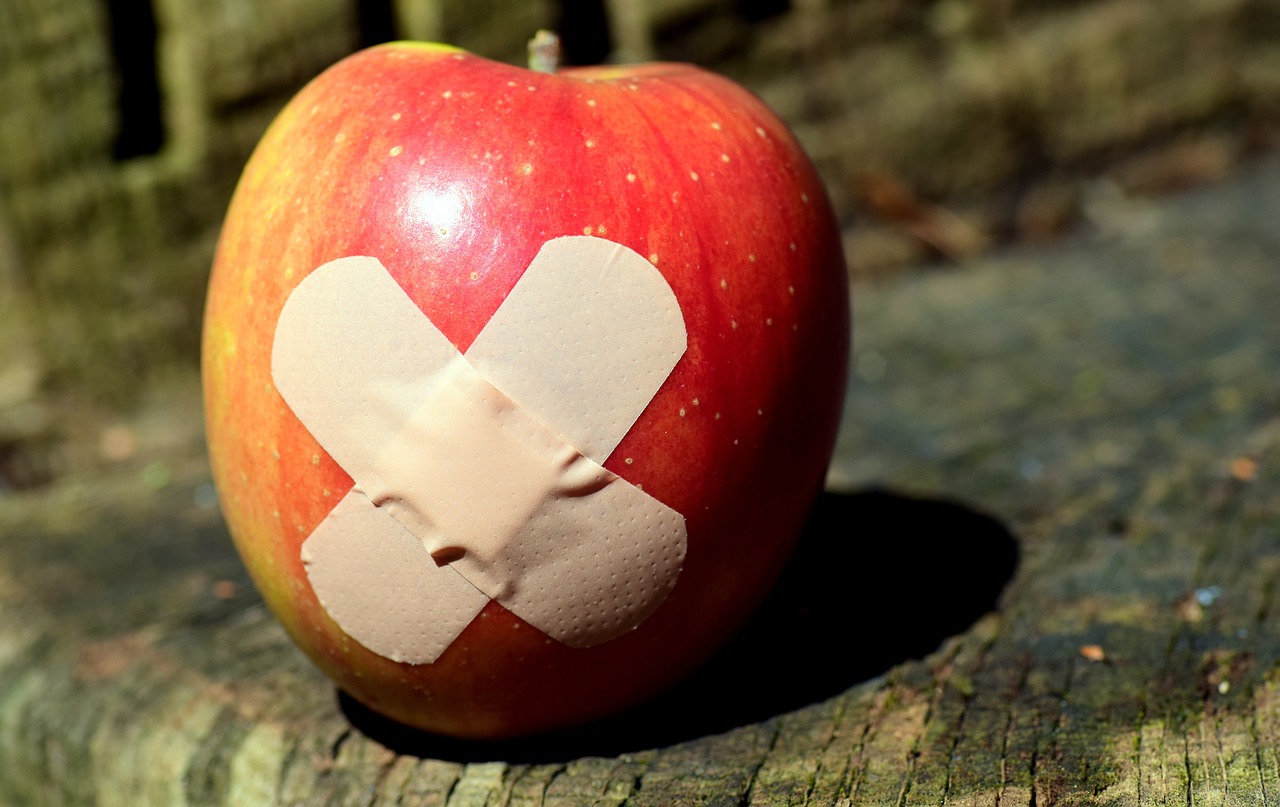
Basic First Aid Items
When it comes to emergency preparedness, having a well-stocked first aid kit is essential. You never know when an unexpected injury might occur, whether it's a minor cut while cooking or a more serious situation during an outdoor adventure. Therefore, understanding the that should be included in your kit can make all the difference in responding effectively to injuries.
At the very core of your first aid kit, you should have bandages. These come in various sizes and types, from adhesive bandages for small cuts to larger sterile dressings for more significant wounds. It's crucial to keep a variety of bandages on hand, as different injuries require different types of coverage. Additionally, adhesive tape is important for securing gauze pads and dressings in place, ensuring that they don't shift or fall off.
Next, antiseptics play a vital role in preventing infection. Items like hydrogen peroxide or alcohol wipes can be used to clean wounds before applying bandages. This step is crucial because a clean wound is less likely to become infected, which can lead to more severe health issues down the line. Don't forget to include a pair of scissors in your kit; they can be incredibly useful for cutting tape, gauze, or even clothing in emergencies.
Another essential item is pain relievers, such as ibuprofen or acetaminophen. These can help alleviate discomfort from injuries or headaches, allowing you to focus on the situation at hand. Lastly, having a first aid manual or guidebook can be invaluable. In high-stress situations, it can be easy to forget the steps for treating injuries. A manual can serve as a quick reference to ensure you're administering the right care.
To summarize, here’s a quick overview of the basic first aid items you should consider including in your kit:
- Bandages (various sizes)
- Adhesive tape
- Antiseptics (like hydrogen peroxide)
- Scissors
- Pain relievers (ibuprofen, acetaminophen)
- First aid manual
Having these basic items at your disposal can significantly enhance your ability to respond to injuries effectively. Remember, it's not just about having the items; knowing how to use them properly is equally important. Taking the time to familiarize yourself with these supplies and practicing basic first aid techniques can empower you to act swiftly and confidently in emergencies.
Q: How often should I check my first aid kit?
A: It's recommended to check your first aid kit at least every six months to ensure that all supplies are intact and within their expiration dates.
Q: Where should I store my first aid kit?
A: Store your first aid kit in a cool, dry place that is easily accessible. Make sure all family members know its location.
Q: Do I need to take a first aid course?
A: While it's not mandatory, taking a first aid course can greatly enhance your confidence and ability to respond effectively in emergencies.
Q: Can I create my own first aid kit?
A: Absolutely! You can customize your first aid kit to suit your specific needs, but make sure to include all the basic items mentioned above.
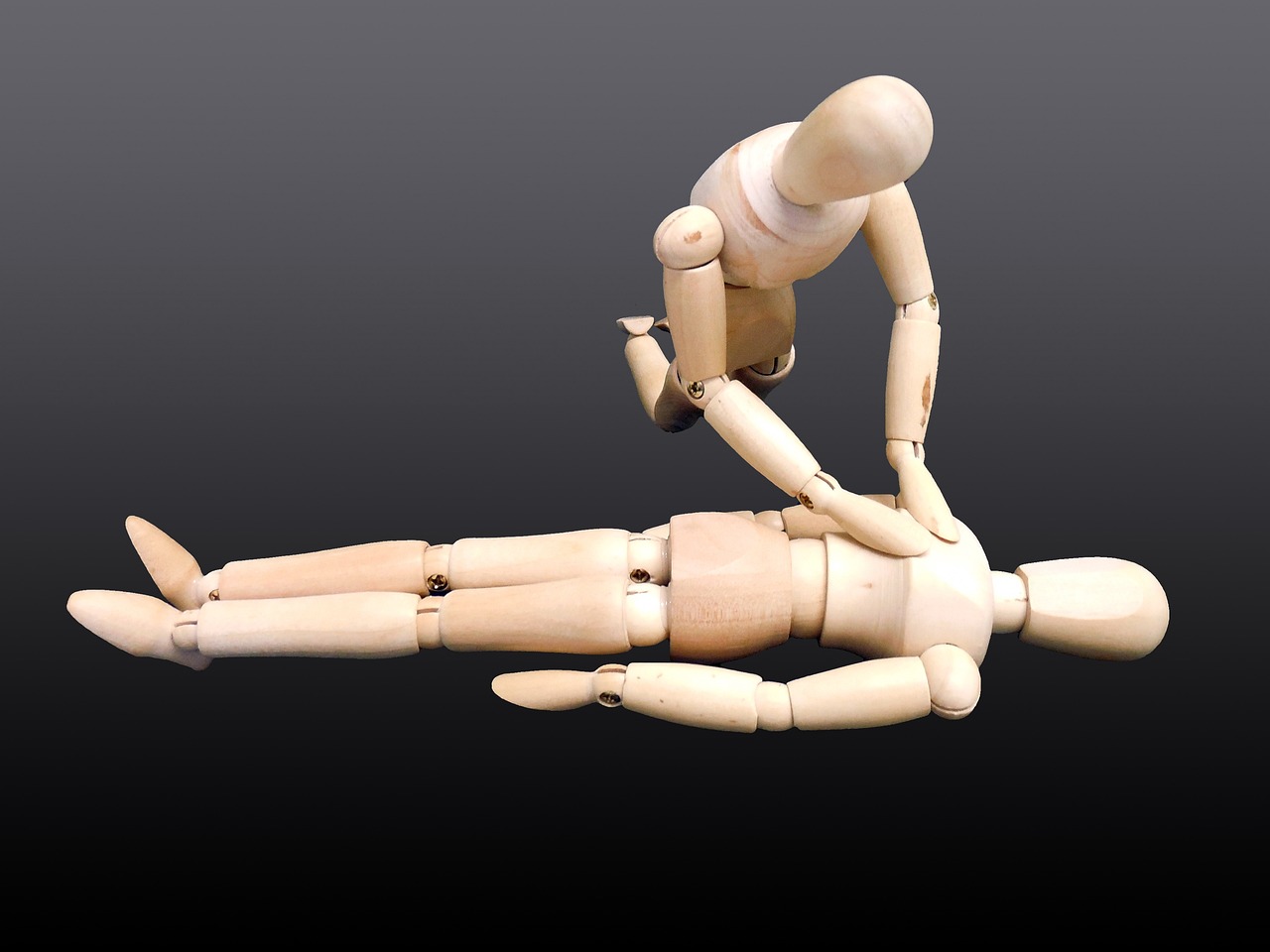
Advanced First Aid Equipment
When it comes to emergency situations, having just the basics in your first aid kit may not be enough. This is where comes into play, providing you with the tools necessary to handle more serious injuries that could arise during a crisis. Imagine being in a situation where every second counts; having the right equipment at your fingertips could make all the difference between life and death. Advanced first aid gear can include items such as splints, tourniquets, and defibrillators. Each of these tools plays a significant role in stabilizing a patient until professional medical help arrives.
For instance, a splint is crucial for immobilizing broken bones or sprains. It helps prevent further injury and reduces pain by keeping the affected area stable. In situations where a limb is severely injured, a tourniquet can be a lifesaver. It works by applying pressure to a limb to stop the bleeding, which is vital in cases of traumatic injuries. Knowing how to apply these tools correctly is essential, as improper use can lead to further complications.
Additionally, having a defibrillator on hand can be a game-changer in cases of cardiac arrest. These devices are designed to deliver an electric shock to the heart, helping to restore a normal rhythm. While they may seem complex, many modern defibrillators come with voice prompts and visual instructions, making them user-friendly even for those without medical training.
It's also important to note that while having advanced equipment is beneficial, it’s equally crucial to understand how to use these items effectively. Consider enrolling in a first aid course that covers advanced techniques. Not only will this empower you to act confidently in emergencies, but it can also enhance your overall preparedness. Remember, in an emergency, knowledge is just as important as the tools you have at your disposal.
- What is the importance of advanced first aid equipment?
Advanced first aid equipment is essential for managing more severe injuries that basic supplies cannot handle, ensuring better outcomes during emergencies. - How do I learn to use advanced first aid tools?
Consider taking a certified first aid course that includes training on advanced equipment, which will equip you with the necessary skills to use them effectively. - Where can I purchase advanced first aid supplies?
Many outdoor and medical supply stores offer advanced first aid equipment, and online retailers also provide a wide selection.
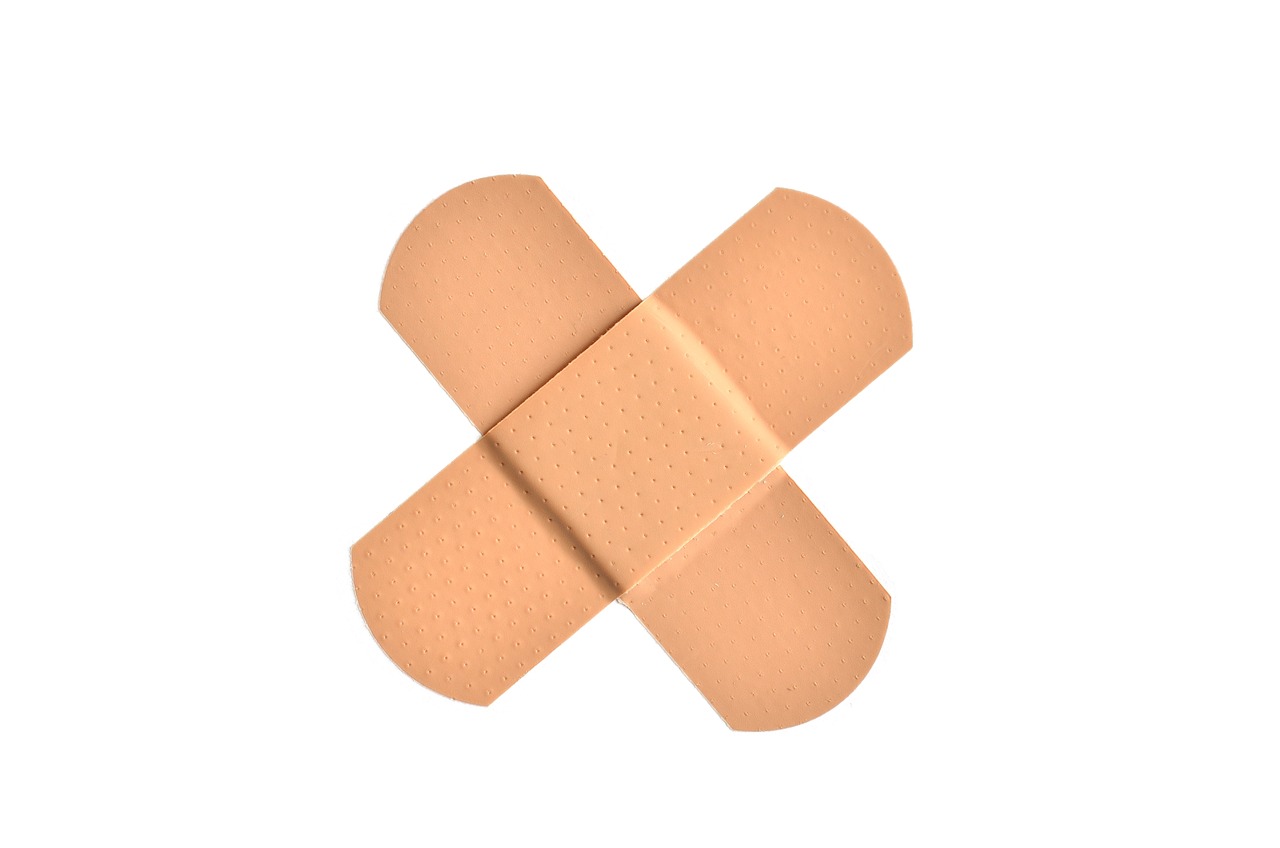
First Aid Training
Investing in is one of the smartest decisions you can make for yourself and your loved ones. Imagine being in a situation where someone is injured, and you feel completely helpless because you don’t know what to do. With proper training, you can transform that feeling of helplessness into confidence. First aid training equips you with the knowledge and skills necessary to respond effectively in emergencies, potentially saving lives.
There are various courses available that cater to different skill levels, from basic first aid to advanced life support. Organizations like the American Red Cross and St. John Ambulance offer comprehensive training programs. These courses usually cover essential topics such as CPR, wound care, and how to manage common medical emergencies. It’s not just about learning how to treat injuries; it’s also about understanding how to assess situations and make quick decisions under pressure.
Many of these courses also provide certifications, which can enhance your resume and demonstrate your commitment to safety. Whether you are a parent, teacher, or simply someone who wants to be prepared, having a certification in first aid can be a valuable asset. Furthermore, some employers even offer training as part of their workplace safety programs, recognizing the importance of having trained personnel on-site.
In addition to formal training, practicing your skills regularly is crucial. Just like any other skill, the more you practice, the better you become. Consider organizing a first aid refresher course with friends or family, or even participating in community drills. This not only reinforces your knowledge but also builds a sense of community preparedness.
To help you understand the various options available, here’s a quick overview of some popular first aid training courses:
| Course Name | Provider | Duration | Certification |
|---|---|---|---|
| Basic Life Support (BLS) | American Heart Association | 4 hours | Yes |
| First Aid/CPR/AED | American Red Cross | 6-8 hours | Yes |
| Wilderness First Aid | Wilderness Medical Society | 16 hours | Yes |
| Advanced First Aid | St. John Ambulance | 20 hours | Yes |
In conclusion, investing in first aid training is not just about learning how to treat injuries; it’s about empowering yourself and those around you. The knowledge gained through these courses can be invaluable during emergencies, providing you with the skills to act decisively and effectively. So, why wait? Sign up for a course today and take the first step towards becoming a confident responder in any emergency situation.
Q: How often should I renew my first aid certification?
A: Most certifications are valid for 2-3 years, after which you should consider taking a refresher course to stay updated on the latest techniques and guidelines.
Q: Can I take first aid training online?
A: Yes, many organizations offer online courses, but it's recommended to participate in hands-on training to practice essential skills.
Q: Is first aid training only for professionals?
A: Not at all! First aid training is beneficial for anyone who wants to be prepared for emergencies, regardless of their profession.
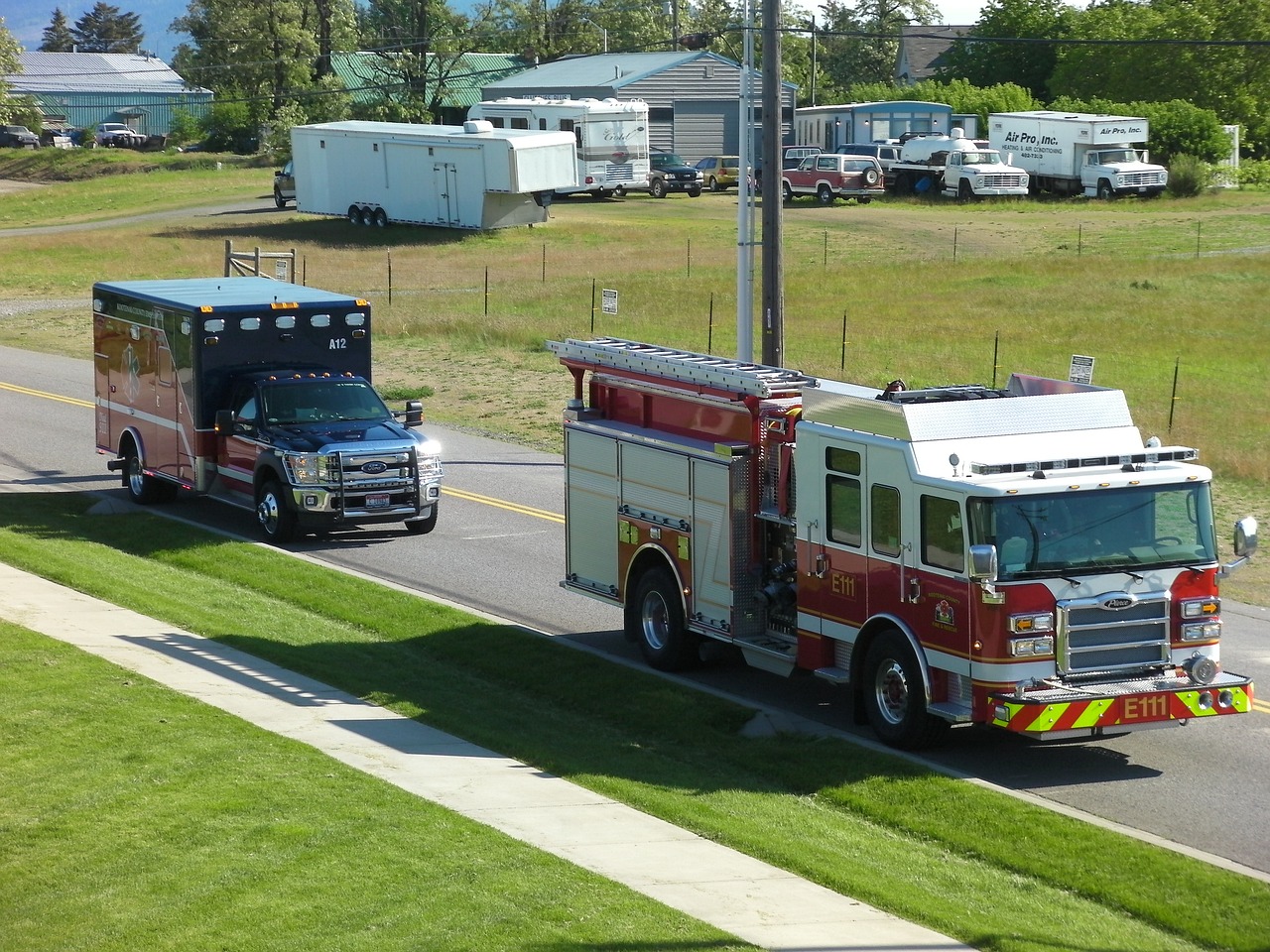
Maintenance of First Aid Kits
Maintaining your first aid kit is not just a good idea; it's essential for ensuring that you are prepared for any emergency that may arise. Imagine reaching for a bandage only to find that it has expired or that you’re missing critical supplies. To avoid such scenarios, it's crucial to regularly check and update your first aid kit. Start by scheduling a maintenance check at least twice a year—consider it your personal safety audit. During these checks, inspect the contents of your kit to ensure everything is in good condition and properly stocked.
One of the first things to do is to check expiration dates. Many items in your first aid kit, such as medications, antiseptics, and even adhesive bandages, have a shelf life. Discard any expired items and replace them promptly. It’s also wise to look for any signs of damage or contamination in the supplies. For instance, if a bottle of antiseptic has been opened and shows signs of leakage or discoloration, it should be replaced immediately.
Next, consider the specific needs of your household. If you or a family member has allergies, chronic conditions, or specific medical requirements, ensure your kit is stocked accordingly. For example, if someone in your family requires an epinephrine auto-injector for severe allergies, make sure one is readily available in your first aid kit, along with instructions for use.
Another important aspect of maintenance is organization. A well-organized first aid kit allows for quick access during emergencies. Use clear, labeled containers or pouches to separate items based on their function, such as bandages, medications, and tools. This way, in a stressful situation, you won’t waste precious time searching for what you need. Consider creating a simple inventory list that you can keep in your kit, noting the items present and their expiration dates. This will make it easier to keep track of what needs replacing.
Lastly, don't forget to involve the whole family in the maintenance process. Teach your children about the contents of the first aid kit and how to use basic supplies. This not only empowers them but also ensures that everyone is prepared to act in case of an emergency. Remember, a well-maintained first aid kit can be the difference between a minor incident and a serious situation.
- How often should I check my first aid kit? It's recommended to check your first aid kit at least twice a year, or whenever you use any supplies.
- What should I do with expired items in my first aid kit? Discard expired items immediately and replace them with new supplies.
- Can I add personal medications to my first aid kit? Yes, adding personal medications is a good idea, especially if you have specific health needs.
- How can I organize my first aid kit effectively? Use labeled containers to separate supplies by type, and consider keeping an inventory list inside the kit.
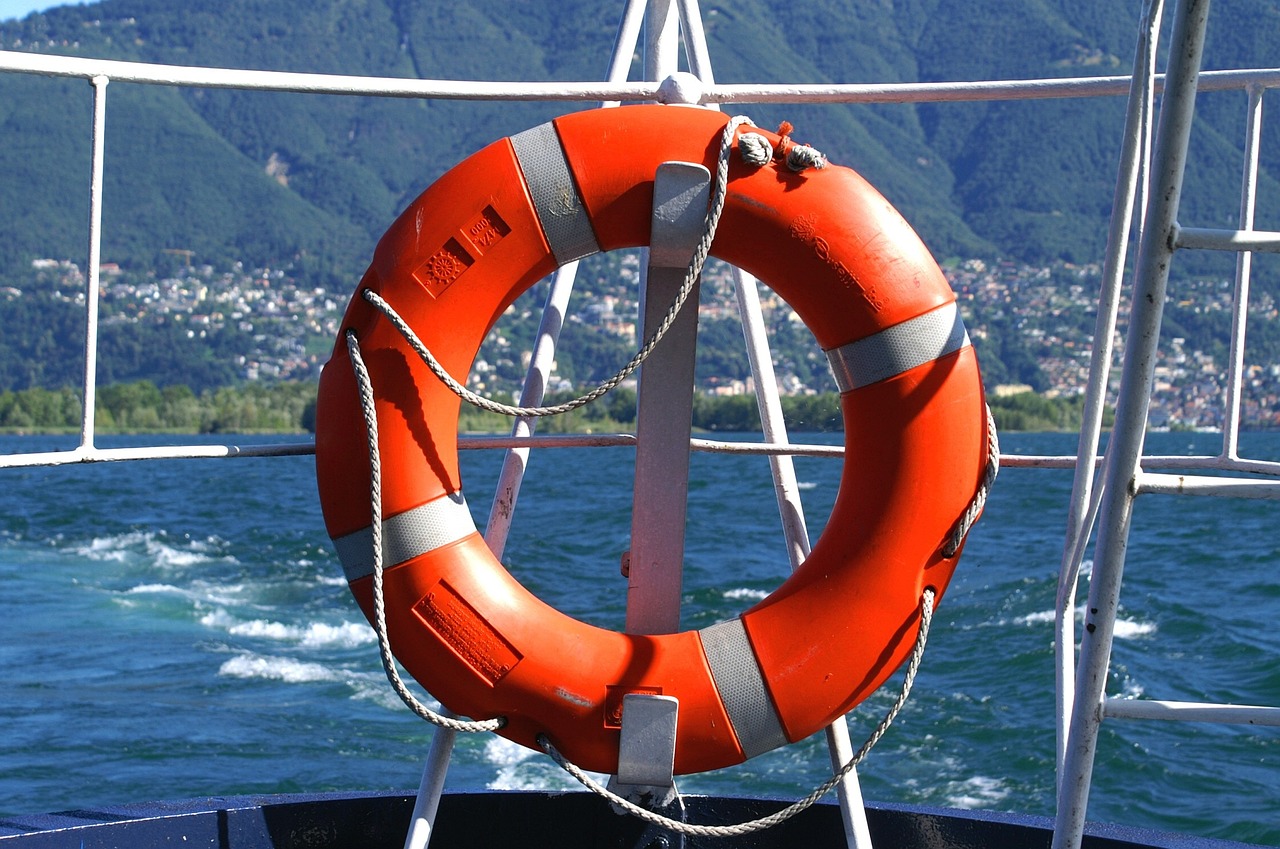
Emergency Communication Tools
In the face of emergencies, staying connected is more crucial than ever. Whether it's a natural disaster, a power outage, or a sudden crisis, having reliable communication tools can make all the difference. Imagine being in a situation where traditional networks fail—how would you reach out for help or stay informed? This is where come into play. They not only keep you connected but also provide real-time information that can guide your decisions and actions.
One of the most effective tools for maintaining communication during emergencies is the two-way radio. Unlike cell phones that rely on cellular networks, two-way radios operate on radio frequencies, making them invaluable in areas without service. They allow families to stay in touch, coordinate actions, and share important updates. When choosing a two-way radio, consider factors such as range, battery life, and ease of use. A good option might be a model that offers both VHF and UHF frequencies, providing versatility and better coverage.
Another essential tool is the emergency alert system. These systems provide real-time alerts about threats in your area, such as severe weather warnings or local emergencies. Subscribing to these alerts can be a lifesaver. Many communities now offer mobile apps that send notifications directly to your device, ensuring that you're always in the loop. It's simple to sign up; just visit your local emergency management website or download the app to get started.
Additionally, consider investing in a satellite phone. While they may come with a higher price tag, satellite phones can operate in remote areas where cell networks are nonexistent. They connect directly to satellites orbiting the Earth, allowing you to make calls from virtually anywhere. This can be particularly useful for outdoor enthusiasts or those living in rural locations.
To enhance your emergency communication strategy, it's wise to have a mix of these tools. For example, you might use a two-way radio for local communication while relying on a satellite phone for long-distance calls. This layered approach ensures that you have multiple options at your disposal, increasing your chances of staying connected when it matters most.
In summary, investing in emergency communication tools is not just a precaution; it's a necessity. By equipping yourself with two-way radios, emergency alert systems, and possibly satellite phones, you can ensure that you and your loved ones remain informed and connected during critical situations. Remember, in emergencies, knowledge is power, and communication is key.
- What is the best type of communication tool for emergencies? It depends on your specific needs, but a combination of two-way radios and emergency alert systems is generally recommended for most situations.
- How do I subscribe to emergency alert systems? You can typically subscribe through your local emergency management agency's website or via a dedicated mobile app.
- Are satellite phones worth the investment? If you often find yourself in remote areas or travel frequently, a satellite phone can be a worthwhile investment for peace of mind.

Two-Way Radios
When it comes to emergency preparedness, staying connected is crucial, and that's where shine. Unlike cell phones, which rely on cellular networks that may fail during disasters, two-way radios operate on radio frequencies, ensuring that you can communicate even when the grid goes down. Imagine being in a situation where your phone is dead, and the cell towers are down; having a two-way radio can be your lifeline, allowing you to reach out to family members or emergency services.
Two-way radios come in various shapes and sizes, catering to different needs and situations. Whether you’re camping in the wilderness, navigating a natural disaster, or just want to keep in touch with family during an emergency, these devices are incredibly versatile. Most models offer a range of features, such as:
- Long Range: Depending on the model, some radios can communicate over several miles, making them perfect for large areas.
- Weather Resistance: Many two-way radios are designed to withstand harsh weather conditions, ensuring they function when you need them most.
- Privacy Codes: With privacy codes, you can communicate without interference from others using the same frequency.
One of the key advantages of two-way radios is their ease of use. Most models feature a simple push-to-talk button, making them intuitive for anyone to operate, regardless of their technical skills. Plus, they often come with rechargeable batteries, which means you won't have to worry about running out of power as long as you keep them charged. Some advanced models even include features like built-in flashlights, emergency alerts, and GPS capabilities, adding to their functionality in critical situations.
However, it’s essential to choose the right model based on your specific needs. For instance, if you're planning to use them for outdoor adventures, consider investing in models with longer ranges and rugged designs. On the other hand, if you're looking for something for home emergencies, a basic model might suffice. Always check the specifications, such as battery life and range, to ensure you’re getting the best fit for your situation.
In conclusion, two-way radios are an invaluable tool for emergency preparedness, providing a reliable communication method when traditional systems fail. By incorporating these devices into your emergency kit, you can enhance your safety and ensure that you stay connected with loved ones during critical times. Remember, in an emergency, every second counts, and having the right tools at your disposal can make all the difference.
1. How far can two-way radios communicate?
The range of two-way radios varies by model, but many can communicate over distances ranging from a few miles to over 30 miles, depending on terrain and obstacles.
2. Do I need a license to operate a two-way radio?
In general, many consumer-grade two-way radios operate on frequencies that do not require a license. However, it’s essential to check local regulations to ensure compliance.
3. How do I maintain my two-way radio?
Regularly check the battery life, keep the device clean, and store it in a dry place. Also, periodically test the radio to ensure it functions correctly.
4. Can two-way radios be used for emergency alerts?
Yes, many two-way radios come equipped with NOAA weather alerts, which can notify users of severe weather warnings and other emergency information.
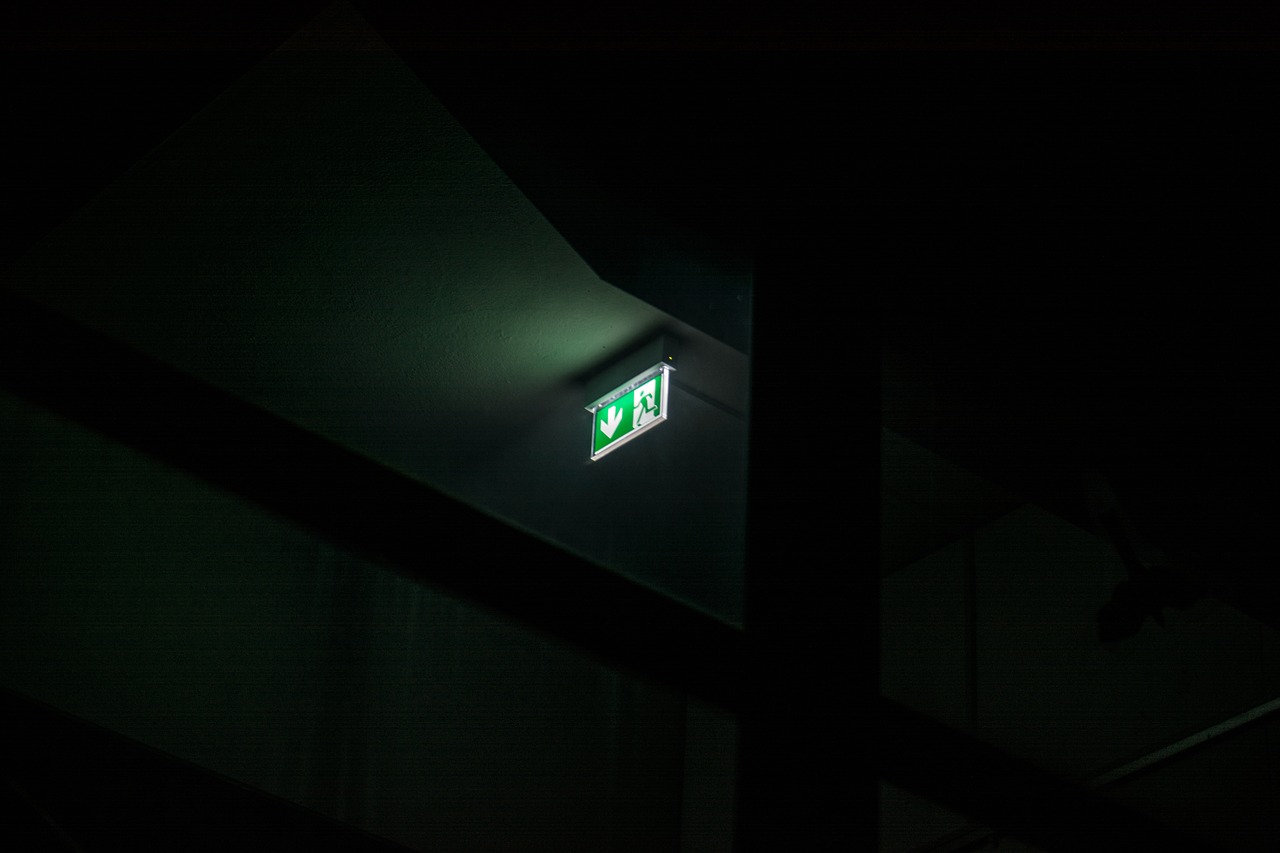
Emergency Alert Systems
In today's fast-paced world, staying informed during emergencies is more crucial than ever. provide real-time information about potential threats, whether they are natural disasters, severe weather warnings, or public safety issues. These systems can be the difference between chaos and calm, offering you and your loved ones the necessary information to make informed decisions in critical situations.
Many communities have adopted various forms of emergency alert systems to keep residents updated. These systems can include text message alerts, email notifications, and even automated phone calls. It's essential to subscribe to these services in your area to ensure you receive timely updates. Most local governments have user-friendly websites where you can sign up easily, often requiring just your contact information.
Moreover, there are several types of emergency alert systems that you can utilize to enhance your preparedness:
- National Weather Service Alerts: These alerts provide updates on severe weather conditions and are available through various platforms, including mobile apps and NOAA Weather Radio.
- Community Alert Systems: Local governments often have their own alert systems that notify citizens about emergencies specific to their area.
- Social Media Updates: Following local news outlets and emergency management agencies on social media can provide real-time updates and information.
It's also important to understand how these systems work. Most emergency alert systems use a method called geo-targeting, which means that notifications are sent to individuals based on their geographic location. This ensures that you receive alerts relevant to your area, whether you're at home or traveling.
In addition to subscribing to these systems, it’s wise to have a backup plan. Consider having a family communication plan in place that outlines how each member can stay informed. This could include designating a meeting point or having a specific contact person outside of your area who can relay messages if phone lines are down.
Finally, remember that technology can sometimes fail. It’s prudent to stay connected to multiple information sources, such as local radio stations or community bulletin boards, especially in severe emergencies. By being proactive about your emergency preparedness, you can ensure that you and your family stay safe and informed during critical situations.
| Question | Answer |
|---|---|
| How do I sign up for emergency alerts in my area? | You can typically sign up on your local government’s website or through community alert systems. Look for a section dedicated to emergency notifications. |
| What types of emergencies will I be alerted about? | Alerts can include severe weather warnings, natural disasters, public safety threats, and other local emergencies. |
| Are emergency alert systems free? | Yes, most local emergency alert systems are free to sign up for and receive notifications. |
| Can I receive alerts on my mobile phone? | Yes, many systems allow you to receive alerts via text message, email, or phone calls, depending on your preferences. |

Self-Defense Products
When it comes to personal safety, investing in is not just a choice; it's a necessity. In a world where unpredictability reigns, having the right tools at your disposal can mean the difference between feeling vulnerable and empowered. Imagine walking alone at night and suddenly feeling uneasy; having a self-defense product can provide you with the confidence to navigate through such situations. But what exactly should you consider when selecting these products? Let’s dive into some of the most effective self-defense tools and how to use them responsibly.
One of the most popular self-defense tools is pepper spray. This compact canister is designed to incapacitate an attacker temporarily by causing intense irritation to the eyes and respiratory system. It's easy to carry, making it a go-to choice for many individuals. However, understanding its proper use is crucial; aim for the attacker's face and spray in short bursts to maximize effectiveness. Additionally, it's important to familiarize yourself with the legal implications of carrying pepper spray in your area, as regulations can vary significantly.
Another effective self-defense tool is the personal alarm. These small devices emit a loud sound when activated, drawing attention and potentially scaring off an attacker. They're incredibly easy to use; simply pull a pin or press a button, and the alarm will sound. The beauty of personal alarms lies in their simplicity and effectiveness. They serve as a deterrent and can alert others nearby that you may be in danger. Plus, they come in various designs, making them easy to incorporate into your everyday carry.
While self-defense products are essential, it’s equally important to understand the legal implications surrounding their use. In many jurisdictions, using self-defense tools inappropriately can lead to legal consequences. Therefore, it's vital to stay informed about the laws in your area regarding self-defense products. For example, some places may require permits for carrying certain items, while others may have restrictions on the type of self-defense tools allowed. Always do your research to ensure you're on the right side of the law.
In addition to understanding the tools themselves, consider investing time in self-defense training. Many organizations offer classes that teach practical skills and techniques for defending oneself. Not only does this training boost your confidence, but it also prepares you to react effectively in a threatening situation. Plus, there's something empowering about knowing you have the skills to protect yourself and your loved ones.
To summarize, here are some key self-defense products you should consider:
- Pepper Spray: A compact tool for incapacitating an attacker.
- Personal Alarms: Loud devices that can deter threats and alert others.
- Self-Defense Training: Classes that teach practical skills to enhance your personal safety.
Investing in self-defense products is more than just purchasing items; it's about equipping yourself with the tools and knowledge to stay safe in uncertain situations. Remember, being prepared is the first step towards ensuring your safety and peace of mind.
Q: Is pepper spray legal to carry everywhere?
A: The legality of carrying pepper spray varies by location. It's crucial to check local laws and regulations to ensure compliance.
Q: How effective are personal alarms?
A: Personal alarms can be very effective in deterring attackers and alerting others to your situation, especially in populated areas.
Q: Do I need training to use self-defense products?
A: While training is not mandatory, it is highly recommended to ensure you know how to use these products effectively and legally.
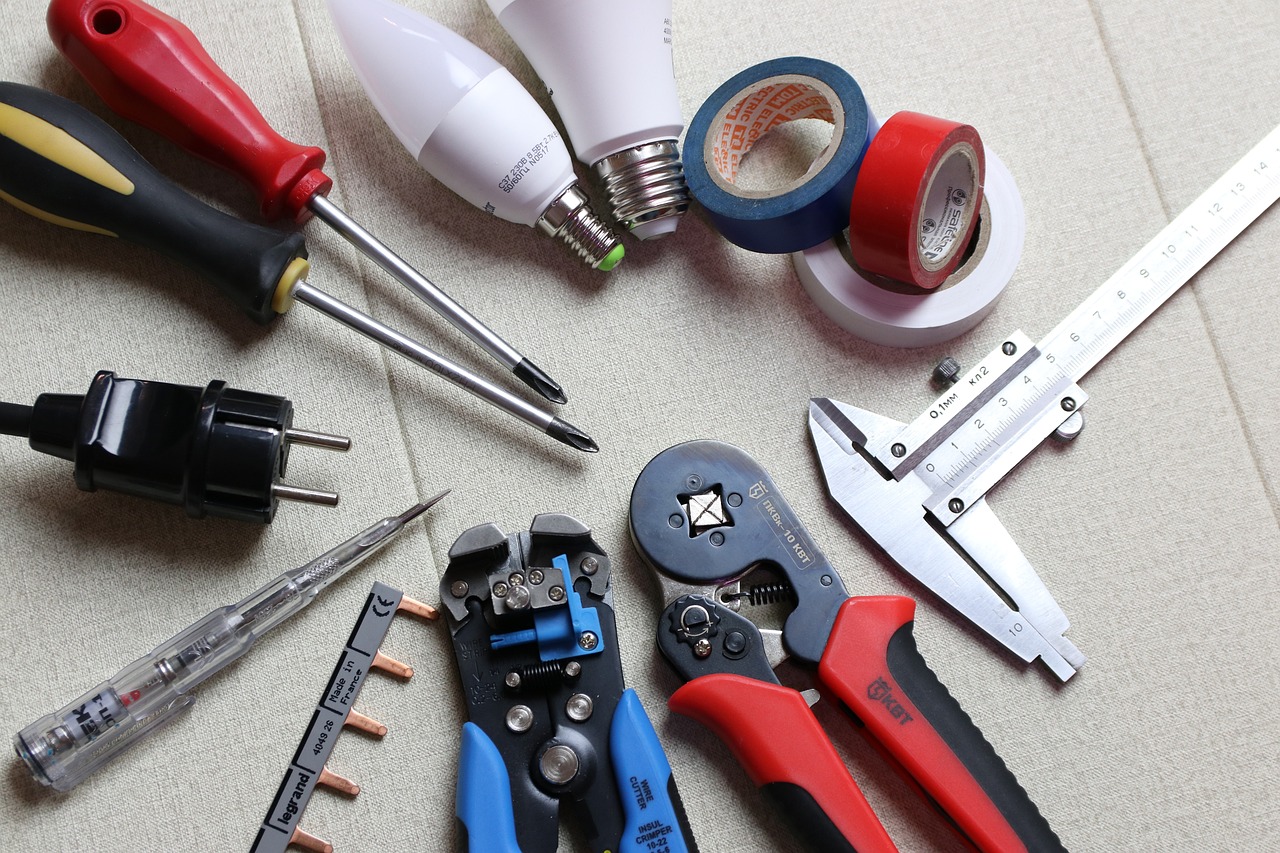
Pepper Spray
Pepper spray is a widely recognized self-defense tool that can provide a sense of security in uncertain situations. It’s compact, easy to carry, and can incapacitate an attacker temporarily, giving you precious moments to escape or seek help. But how does it work? The active ingredient in pepper spray, capsaicin, is derived from chili peppers and causes intense irritation to the eyes, skin, and respiratory system. This reaction can leave an assailant disoriented and in pain, allowing you to make a quick getaway.
When considering pepper spray as part of your personal safety arsenal, it’s important to understand its effectiveness and the legal implications surrounding its use. Different states and countries have varying laws regarding the purchase, possession, and use of pepper spray. For instance, some places may restrict the size or strength of the spray, while others may require permits. Therefore, always check local regulations before making a purchase. Here are a few key points to keep in mind:
- Effectiveness: Generally, pepper spray is effective for up to 10 feet, allowing you to maintain a safe distance from a potential threat.
- Usage: It’s crucial to practice using pepper spray to ensure you can deploy it effectively under stress. Familiarize yourself with the safety features and how to aim properly.
- Storage: Keep your pepper spray in an accessible location, but out of reach of children. Ensure it’s stored at room temperature to maintain its effectiveness.
Another vital aspect to consider is the method of deployment. Most pepper sprays come in canisters that can be activated with a simple push of a button. However, some advanced models feature a keychain attachment, making them even more convenient to carry. When choosing a pepper spray, look for one with a safety lock to prevent accidental discharge. Also, consider the size of the canister; a larger canister may contain more spray but could be bulkier to carry.
In conclusion, while pepper spray is an invaluable tool in self-defense, it’s essential to pair it with awareness and preparedness. Knowing when and how to use it can make all the difference in a threatening situation. Remember, the goal is not just to defend yourself but to ensure your safety and escape unharmed.
Q1: Is pepper spray legal everywhere?
A1: No, pepper spray laws vary by state and country. Always check local regulations before purchasing.
Q2: How long does pepper spray last?
A2: Most pepper spray canisters have a shelf life of about 2 to 4 years. Check the expiration date regularly.
Q3: Can pepper spray be used indoors?
A3: While it can be used indoors, be cautious of the spray affecting others in the vicinity. It’s best used in open areas.
Q4: What should I do if I accidentally spray myself?
A4: Move to an area with fresh air, flush your eyes with water, and avoid rubbing them. Seek medical attention if irritation persists.
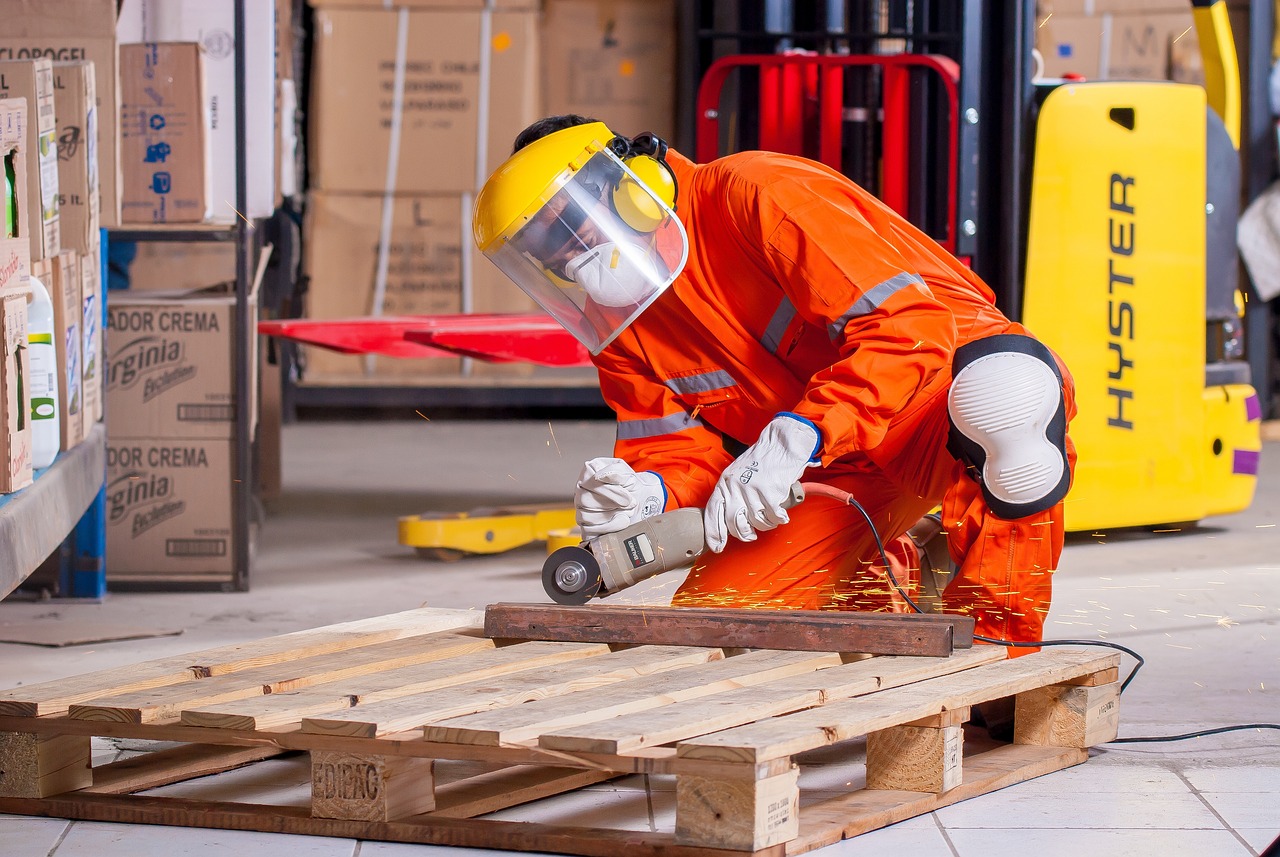
Personal Alarms
When it comes to personal safety, are a game-changer. These compact devices are designed to emit a loud sound, typically around 120 decibels, which can be a powerful deterrent against potential threats. Imagine walking alone at night and suddenly feeling uneasy; having a personal alarm at your fingertips can make all the difference. Not only do they draw attention to your situation, but they can also startle an attacker, giving you precious seconds to escape.
One of the best features of personal alarms is their ease of use. Most models are designed with a simple pull pin or button. When activated, they can produce a shrill sound that can be heard from a considerable distance. This is especially useful in emergencies where you need to alert others quickly. Additionally, many personal alarms are lightweight and can easily fit in your pocket or attach to your keychain, making them accessible whenever you need them.
Furthermore, personal alarms come in various styles and designs, catering to different preferences. Some are sleek and modern, while others may have a more traditional appearance. This variety means you can choose one that suits your personal style without compromising on safety. Here’s a quick overview of what to look for when selecting a personal alarm:
| Feature | Description |
|---|---|
| Volume Level | Look for alarms that produce at least 120 decibels. |
| Battery Life | Choose models with long-lasting batteries for reliability. |
| Size and Weight | Opt for lightweight and compact designs for easy portability. |
| Activation Method | Consider how easy it is to activate the alarm in an emergency. |
It's also important to understand the legal implications of carrying a personal alarm. Generally, these devices are legal in most places, but it’s always wise to check local laws to ensure compliance. Unlike pepper spray or stun guns, personal alarms do not have the same legal restrictions, making them a safer choice for many individuals. They can be particularly beneficial for students, joggers, and anyone who may find themselves in vulnerable situations.
In summary, personal alarms are a simple yet effective tool for enhancing your safety. Their loud sound can attract attention, potentially deterring an attacker and providing you with a chance to escape. As you consider your personal safety gear, make sure to include a personal alarm as part of your essential products for emergency preparedness.
- How loud is a personal alarm? Most personal alarms can reach up to 120 decibels, which is comparable to the sound of a chainsaw or a jet engine.
- Are personal alarms legal to carry? Yes, personal alarms are generally legal to carry in most areas, but it’s advisable to check local regulations.
- How do you activate a personal alarm? Most personal alarms can be activated by pulling a pin or pressing a button, making them easy to use in emergencies.
- Can personal alarms be reused? Yes, once activated, many personal alarms can be reset and used again, though some may require battery replacement.

Emergency Lighting Solutions
In times of crisis, when the lights go out, it can feel like the world has turned upside down. Power outages not only disrupt our daily routines but can also pose significant risks to safety and security. That's why having reliable is absolutely essential. Whether it's a natural disaster or an unexpected blackout, being prepared with the right lighting can make all the difference. Imagine being in the dark, unable to see what's around you, and then suddenly having a reliable light source that not only illuminates your surroundings but also provides a sense of security. This is where emergency lighting comes into play.
There are several types of emergency lighting solutions available, and each has its unique benefits. For instance, battery-powered lanterns are a popular choice for many households. They provide consistent and bright illumination, making them ideal for navigating through dark spaces. Unlike traditional flashlights that may require constant battery changes, lanterns can often last for hours, giving you ample time to assess your situation and plan your next steps. Some models even come with adjustable brightness settings, allowing you to conserve battery life when less light is needed.
On the other hand, solar-powered lights offer an eco-friendly alternative. These lights harness the power of the sun, making them a sustainable option for long-term emergency preparedness. Imagine having a light source that charges itself during the day, ready to shine brightly at night when you need it most. Solar lights can be particularly useful for outdoor situations, such as camping or backyard gatherings, where traditional power sources may not be available. They are also low-maintenance, requiring little more than periodic cleaning to ensure optimal performance.
When choosing emergency lighting solutions, consider the following factors:
- Brightness: Look for lights that offer adjustable brightness levels to suit different needs.
- Battery Life: Opt for products with long-lasting battery life, especially those that can be recharged.
- Portability: Ensure that your lighting solutions are easy to carry or store, making them accessible when needed.
In addition to lanterns and solar lights, there are also flashlights that are specifically designed for emergency situations. These flashlights often come with features such as waterproof casings and durable materials, making them suitable for outdoor use. Some even include built-in safety features like strobe lights or SOS signals, which can be incredibly useful in distress situations. The versatility of flashlights makes them a must-have in any emergency kit.
To summarize, investing in effective emergency lighting solutions is not just about convenience; it’s about ensuring your safety and peace of mind during unforeseen events. Having a reliable light source can help you navigate through dark situations, keep your family safe, and maintain a sense of normalcy even when the world around you is chaotic. As you prepare for emergencies, don't overlook the importance of lighting—it's a small investment that can yield significant returns in safety and security.
1. What type of emergency lighting is best for home use?
The best type of emergency lighting for home use often includes a combination of battery-powered lanterns and flashlights. This ensures you have adequate light for both indoor and outdoor situations.
2. How long do solar-powered lights last during a power outage?
Solar-powered lights can last anywhere from 6 to 12 hours on a full charge, depending on the model and the brightness settings used.
3. Are there any maintenance tips for emergency lighting solutions?
Yes! Regularly check the batteries, clean the solar panels on solar lights, and ensure that all lights are functioning properly. It's also a good idea to test your emergency lights every few months.
4. Can I use regular flashlights for emergencies?
Absolutely! Regular flashlights can be effective for emergencies, but it's best to choose models that are durable, waterproof, and have long battery life.

Battery-Powered Lanterns
When it comes to emergency preparedness, having reliable lighting is non-negotiable. stand out as essential tools that provide consistent illumination when the power goes out. Unlike traditional flashlights, which often require you to hold them, lanterns can sit on a surface, casting light in all directions. This feature is particularly valuable during emergencies when you need both hands free to tend to other tasks, whether it's administering first aid, cooking, or managing your emergency supplies.
One of the best things about battery-powered lanterns is their versatility. They come in various sizes and designs, catering to different needs and situations. For instance, some lanterns are compact enough to fit in your backpack, making them ideal for camping trips or bug-out bags, while others are larger and designed for home use. Their brightness can vary significantly, with some models offering multiple settings to adjust the light intensity based on your requirements. Imagine needing just a soft glow to navigate at night versus a bright beam to illuminate a larger area—battery-powered lanterns can deliver both!
When choosing a battery-powered lantern, consider the following factors:
- Brightness: Measured in lumens, this indicates how much light the lantern emits. For emergency situations, a lantern with at least 200 lumens is generally recommended.
- Battery Life: Look for lanterns with long-lasting batteries. Some models can run for over 100 hours on a single set of batteries, which is crucial during extended power outages.
- Durability: Emergencies can be unpredictable, so opt for lanterns that are water-resistant and can withstand rough handling.
- Portability: If you plan to use the lantern for outdoor activities, consider its weight and size for easy transport.
To help you make an informed decision, here’s a quick comparison of some popular battery-powered lanterns:
| Model | Brightness (Lumens) | Battery Life (Hours) | Weight (lbs) |
|---|---|---|---|
| Lantern A | 300 | 50 | 1.5 |
| Lantern B | 500 | 100 | 2.0 |
| Lantern C | 200 | 30 | 1.0 |
In conclusion, investing in a quality battery-powered lantern is a smart move for anyone serious about emergency preparedness. Not only do they provide essential lighting, but their ease of use and adaptability make them indispensable tools during crises. Remember, when the lights go out, having a reliable source of illumination can make all the difference between chaos and calm.
Q: How long do battery-powered lanterns typically last on a single set of batteries?
A: This varies by model, but many high-quality battery-powered lanterns can last from 30 to over 100 hours, depending on the brightness setting used.
Q: Can I use rechargeable batteries in my lantern?
A: Yes, many battery-powered lanterns are compatible with rechargeable batteries, making them a more sustainable option for long-term use.
Q: Are battery-powered lanterns safe to use indoors?
A: Absolutely! Battery-powered lanterns are safe for indoor use as they do not produce fumes like gas-powered lanterns, making them ideal for use during power outages.
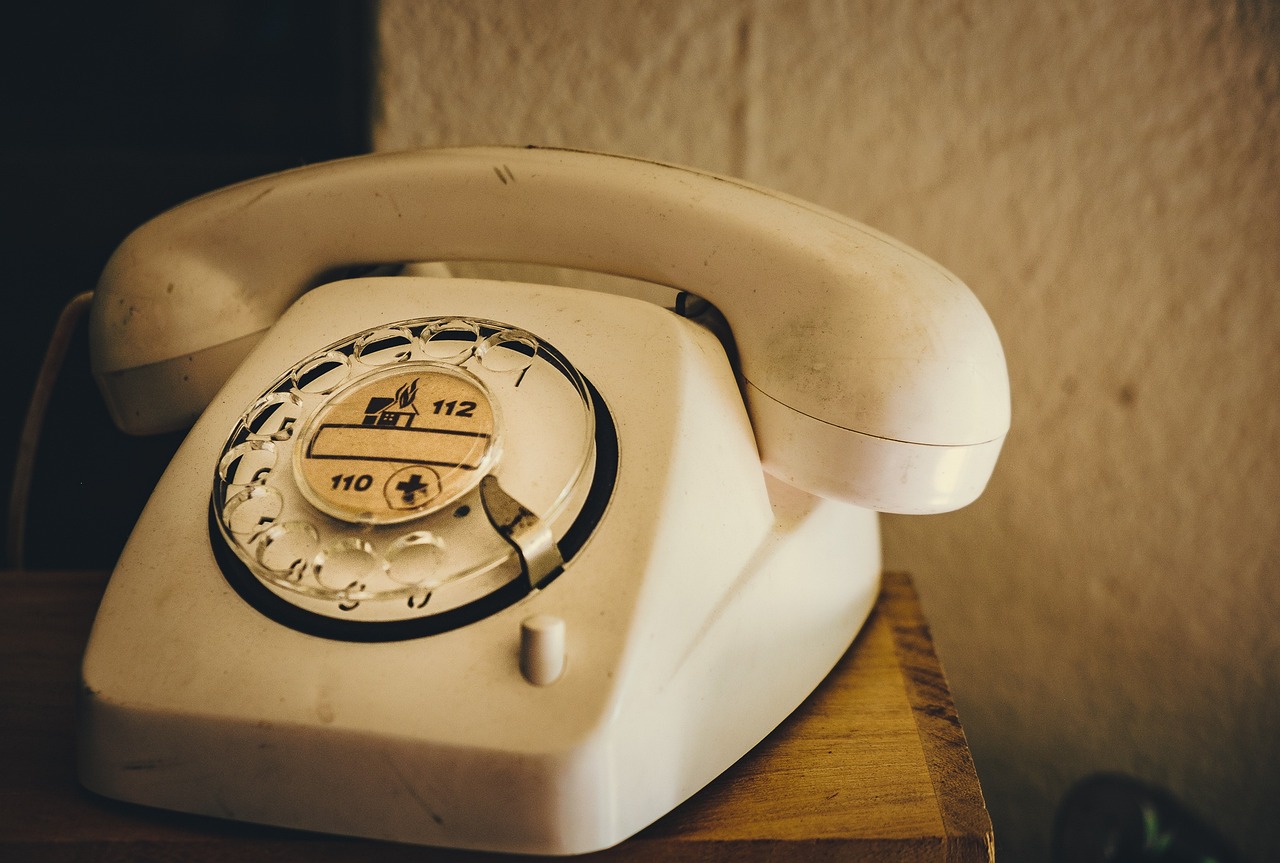
Solar-Powered Lights
When it comes to emergency preparedness, having a reliable source of light can be a game-changer, especially during power outages or natural disasters. offer an eco-friendly solution that not only illuminates your surroundings but also ensures you are prepared for any situation without relying on batteries or electricity. Imagine a world where the sun powers your safety—it's not just a dream; it's a reality with these innovative lighting options.
One of the standout features of solar-powered lights is their self-sustainability. They harness energy from the sun during the day and provide illumination at night, making them perfect for emergency kits. You can place them in your yard, on your porch, or even inside your home to ensure you have light when you need it most. Plus, they are easy to install—just set them up in a sunny spot, and you're good to go!
Let's dive into some key advantages of solar-powered lights:
- Cost-Effective: Once installed, they require no electricity costs, making them a long-term investment.
- Eco-Friendly: Utilizing renewable energy reduces your carbon footprint.
- Low Maintenance: With no wiring and minimal upkeep needed, they are hassle-free.
- Versatile Use: Ideal for outdoor settings, they can also be used indoors during emergencies.
When selecting the right solar-powered lights for your emergency preparedness plan, consider factors such as brightness, battery capacity, and durability. Some models come with features like motion sensors, which can help conserve battery life and enhance security. For example, a solar-powered motion sensor light can automatically activate when it detects movement, providing light when you need it the most without wasting energy.
In terms of aesthetics, solar-powered lights come in various designs, from sleek modern fixtures to charming garden lights. This means you can enhance your outdoor space while also preparing for emergencies. It's like killing two birds with one stone—keeping your home beautiful and safe at the same time!
In summary, investing in solar-powered lights is not just about having a backup light source; it's about embracing a sustainable and efficient way to prepare for emergencies. With their numerous advantages and ease of use, they are a must-have in your safety gear. So why wait? Let the sun light your path to safety!
Q: How long do solar-powered lights last on a full charge?
A: Most solar-powered lights can last anywhere from 6 to 12 hours on a full charge, depending on the model and the amount of sunlight they receive during the day.
Q: Can solar-powered lights work in cloudy weather?
A: Yes, solar-powered lights can still charge on cloudy days, although the efficiency may be reduced. It's important to place them in locations that receive the most sunlight possible.
Q: Are solar-powered lights waterproof?
A: Many solar-powered lights are designed to be weather-resistant or waterproof, making them suitable for outdoor use. Always check the product specifications to ensure they meet your needs.
Q: Do I need to replace the batteries in solar-powered lights?
A: Solar-powered lights typically come with rechargeable batteries that may need to be replaced every few years, depending on usage and quality. Regular maintenance will help extend their lifespan.
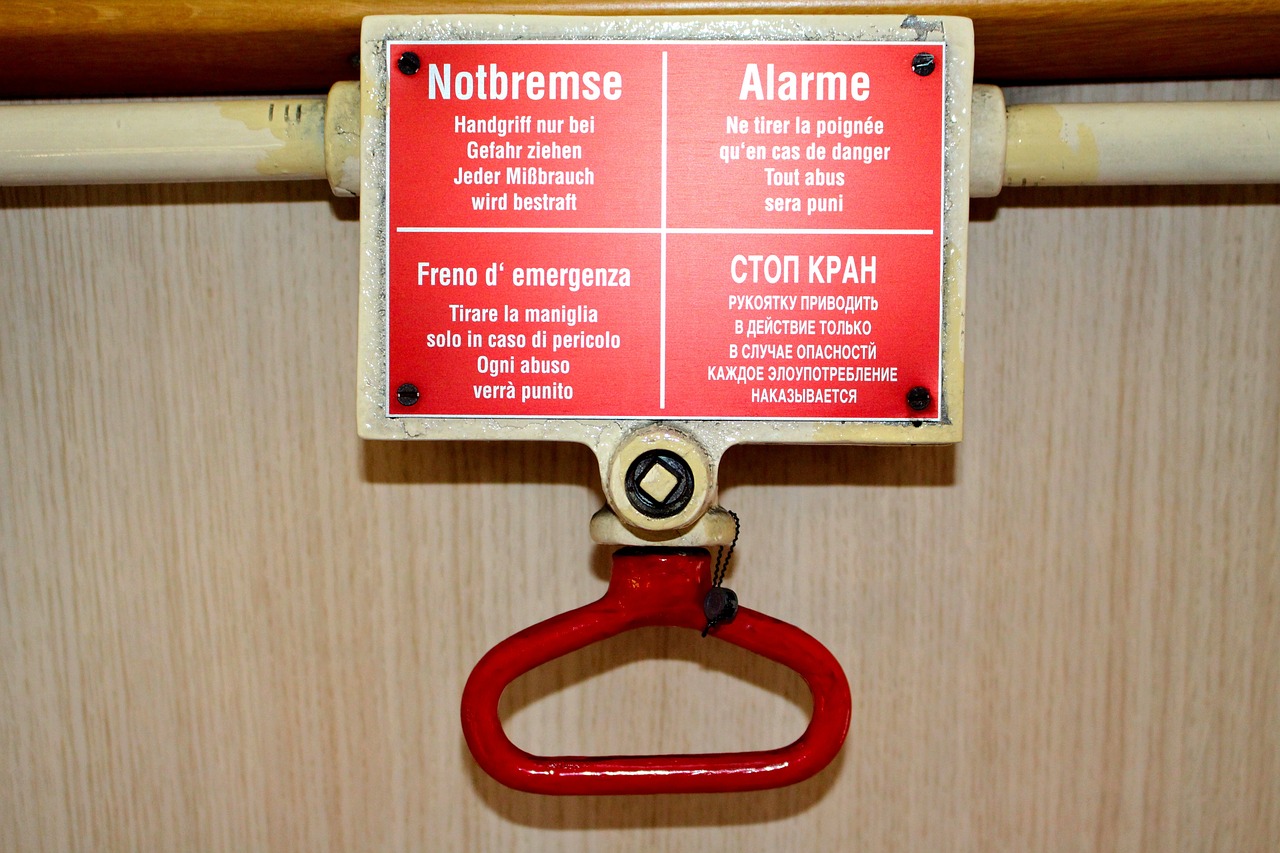
Water Filtration Systems
Access to clean water is not just a luxury; it’s a necessity, especially during emergencies. When disaster strikes, the last thing you want to worry about is whether the water you have is safe to drink. That’s where come into play. These systems are designed to remove contaminants from water, ensuring you have access to safe drinking water even in the direst situations. Whether you’re facing a natural disaster or a man-made crisis, having a reliable water filtration solution can make all the difference in keeping you and your family healthy.
There are various types of water filtration systems available, each with unique features and benefits. Some of the most popular options include:
- Portable Water Filters: These compact devices are perfect for on-the-go situations. They can easily fit into your emergency kit and are designed to purify water from lakes, rivers, or even tap water in an emergency.
- Water Purification Tablets: Lightweight and easy to store, these tablets are a great addition to your emergency supplies. They work by killing bacteria and viruses, making contaminated water safe to drink.
- Gravity Filters: These systems are efficient for larger groups and can filter large amounts of water without the need for electricity. Simply pour water into the top chamber, and gravity does the rest.
When choosing a water filtration system, consider factors such as the volume of water you need to filter, the types of contaminants you might encounter, and your specific needs during an emergency. For instance, if you're planning for a family camping trip or preparing for a natural disaster at home, a portable water filter might be ideal. On the other hand, if you're stocking up for a long-term emergency, a gravity filter could provide ample clean water for your household.
To help you make an informed decision, here’s a quick comparison table of popular water filtration options:
| Type | Pros | Cons |
|---|---|---|
| Portable Water Filter | Lightweight, easy to use, effective against bacteria and protozoa | May not remove all chemicals, limited capacity |
| Water Purification Tablets | Compact, long shelf life, effective against most pathogens | May alter taste, requires time to work |
| Gravity Filter | Can filter large volumes, no power needed, effective | Bulky, requires setup time |
Ultimately, investing in a water filtration system is an essential step in your emergency preparedness plan. It ensures that you can access clean water when you need it most, providing peace of mind and security for you and your loved ones. Remember, in a world where uncertainties abound, being prepared can turn a potential disaster into a manageable situation.
Q: How often should I replace my water filtration system?
A: It depends on the type of system you have. Always refer to the manufacturer's guidelines for replacement intervals. Typically, portable filters may need replacement after a certain number of gallons filtered.
Q: Can I use water from any source with a portable water filter?
A: Most portable filters can handle water from lakes, rivers, and streams, but it’s essential to check the specifications of your specific filter to ensure it’s suitable for the source you’re using.
Q: Are water purification tablets effective against all contaminants?
A: While purification tablets are effective against most bacteria and viruses, they may not remove chemical contaminants. Always check the product specifications for details.
Q: How can I maintain my water filtration system?
A: Regular maintenance involves cleaning and replacing filters as needed. Follow the manufacturer’s instructions to ensure optimal performance.

Portable Water Filters
When it comes to emergency preparedness, having access to clean drinking water can be a game changer. are compact, lightweight, and incredibly effective at purifying water, making them an essential addition to your emergency kit. Imagine being in a situation where traditional water sources are compromised, like during a natural disaster or a hiking trip gone awry. With a portable water filter, you can transform questionable water into safe drinking water, ensuring your hydration needs are met even in the most challenging circumstances.
These filters come in various designs, each tailored for specific situations. For instance, some are designed for personal use, while others can filter larger quantities of water for families or groups. When choosing a portable water filter, consider factors such as:
- Flow Rate: How quickly can the filter provide clean water?
- Filter Lifespan: How many gallons can the filter purify before needing replacement?
- Size and Weight: Is it easy to carry in your backpack or emergency kit?
- Type of Contaminants: Does it remove bacteria, viruses, and other harmful substances?
One popular option is the gravity filter, which can purify a large amount of water without requiring much effort. Simply fill the upper reservoir, hang it from a tree or a sturdy surface, and let gravity do the work. Another excellent choice is the straw filter, which allows you to drink directly from a water source. This innovative design is perfect for outdoor enthusiasts who need to travel light but still want to ensure access to clean water.
In addition to these options, some portable water filters come with built-in UV light technology, which can eliminate pathogens in seconds. This feature is particularly useful in emergencies where water quality is uncertain. When it comes to emergency preparedness, investing in a reliable portable water filter not only offers peace of mind but also empowers you to take control of your water supply in any situation.
Q: How do portable water filters work?
A: Portable water filters use various methods, including activated carbon, ceramic, and UV light, to remove contaminants from water, making it safe to drink.
Q: Can I use a portable water filter for saltwater?
A: No, portable water filters are not designed to desalinate saltwater. They are effective for freshwater sources contaminated with bacteria and viruses.
Q: How often should I replace the filter?
A: This depends on the specific product you choose. Always check the manufacturer's guidelines for the recommended lifespan of your filter.
Q: Are portable water filters effective against viruses?
A: Many portable water filters are designed to remove viruses, but it's essential to check the specifications of the filter to ensure it meets your needs.
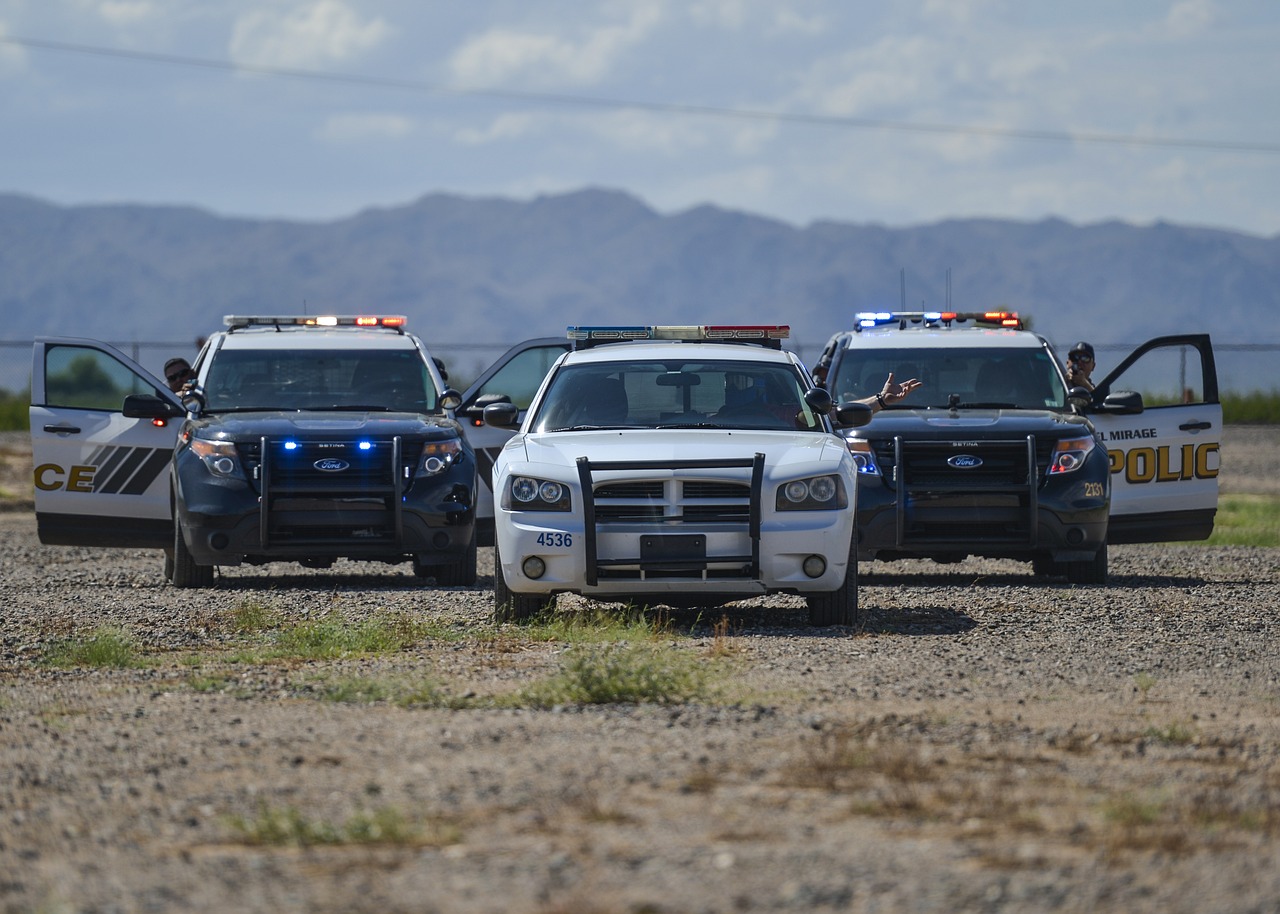
Water Purification Tablets
When it comes to ensuring access to clean drinking water during emergencies, are an absolute game-changer. These small, lightweight tablets can effectively eliminate harmful bacteria, viruses, and protozoa from water sources, making them safe for consumption. Imagine being in a survival situation where clean water is scarce; having these tablets in your emergency kit could mean the difference between health and illness.
Water purification tablets work by releasing chemicals, such as chlorine dioxide or iodine, into the water, which then kill pathogens that can cause waterborne diseases. They are incredibly easy to use—just drop a tablet into a specified amount of water, wait for the recommended time, and voilà! You have potable water. Most tablets require a waiting period of around 30 minutes to an hour, depending on the brand and the water temperature.
Here are some key features and benefits of using water purification tablets:
- Portability: Their compact size allows for easy storage in any emergency kit or backpack.
- Long Shelf Life: Most tablets can last for several years, making them a reliable option for long-term preparedness.
- Ease of Use: No special skills are required; anyone can purify water using these tablets.
- Cost-Effective: They are relatively inexpensive, making them accessible for everyone.
However, it's essential to note that not all water purification tablets are created equal. Some may leave an unpleasant taste or have limitations regarding the types of contaminants they can eliminate. Therefore, it's crucial to read the instructions carefully and choose tablets that are effective against a broad spectrum of pathogens.
In a situation where you are unsure about the safety of water, utilizing these tablets can provide peace of mind. They can be used with various water sources, including streams, lakes, and even tap water in emergency situations. Additionally, for those who are conscious about taste, there are tablets designed to improve the flavor of treated water, making it more palatable.
In summary, water purification tablets are an essential addition to any emergency preparedness plan. They are not only practical but also a lifesaver in situations where access to clean water is compromised. By investing in these tablets, you are taking a proactive step toward ensuring the health and safety of yourself and your loved ones.
Q: How long does it take for water purification tablets to work?
A: Typically, it takes about 30 minutes to an hour for the tablets to effectively purify the water, depending on the specific product and conditions.
Q: Can I use water purification tablets on any type of water?
A: Yes, they can be used on most freshwater sources, including lakes and rivers. However, it's essential to check the product specifications for any limitations.
Q: Do water purification tablets have an expiration date?
A: Yes, they do have a shelf life, usually ranging from 2 to 5 years. Always check the expiration date and replace them as necessary.
Q: Do these tablets affect the taste of water?
A: Some tablets may leave a slight taste, but many brands offer options that minimize or improve the flavor of treated water.
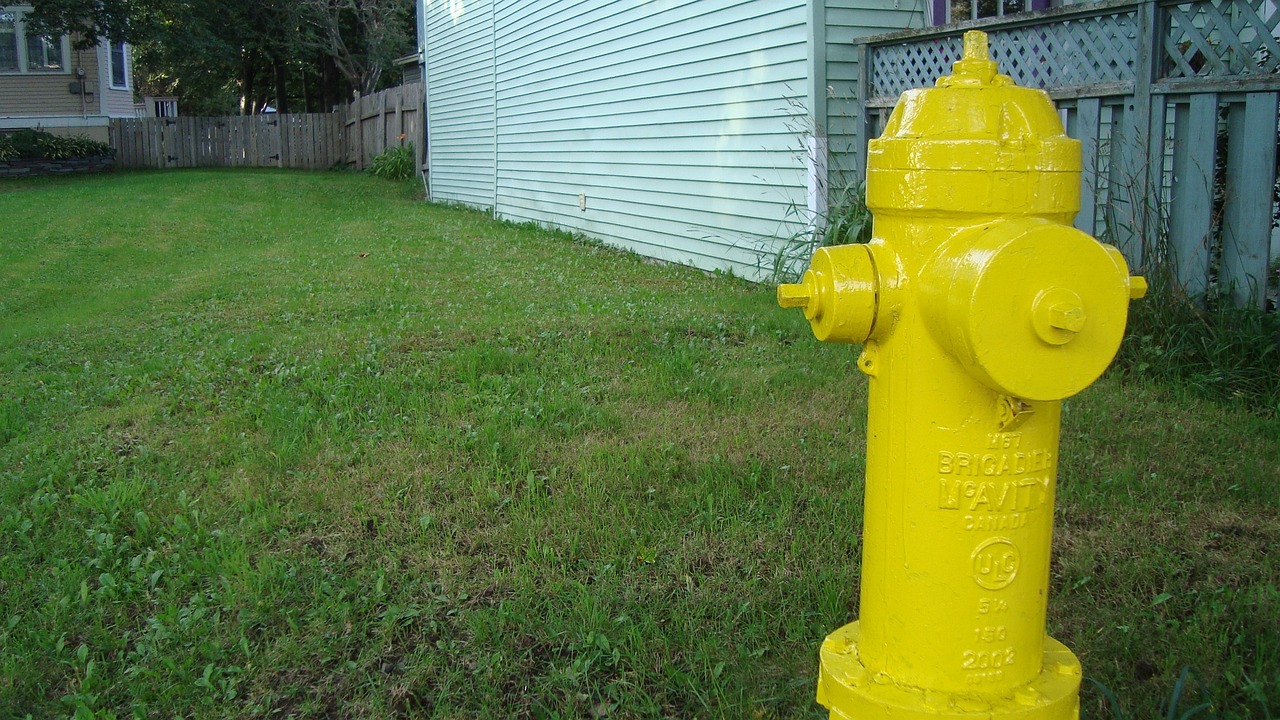
Food Storage Solutions
When it comes to emergency preparedness, long-term food storage is not just a wise choice; it's a necessity. Imagine facing a natural disaster or any unforeseen crisis without access to food. It’s a daunting thought! To mitigate such risks, investing in effective food storage solutions can ensure that you and your family have access to nutritious meals, no matter the circumstances. In this section, we will explore various food storage options that are both practical and efficient for any emergency kit.
One of the most popular choices for emergency food supplies is freeze-dried meals. These meals are not only lightweight but also boast an impressive shelf life, often lasting up to 25 years when stored correctly. They are prepared by removing moisture, which helps to preserve the nutrients while making them easy to pack and transport. When the time comes to eat, all you need is hot water to rehydrate them, making them incredibly convenient. Some brands even offer gourmet options, ensuring that your taste buds remain satisfied even in challenging times.
Another staple for emergency food storage is canned goods. Canned foods are a classic choice due to their durability and ease of use. They can last for years if stored in a cool, dark place, and they require no preparation—just open the can and enjoy! Common options include vegetables, fruits, beans, and meats. Here’s a quick comparison of the benefits of freeze-dried meals versus canned goods:
| Feature | Freeze-Dried Meals | Canned Goods |
|---|---|---|
| Shelf Life | Up to 25 years | 2-5 years |
| Preparation | Requires hot water | No preparation needed |
| Weight | Lightweight | Heavier |
| Taste Variety | Wide range of flavors | Limited flavor options |
While both options have their merits, it’s essential to have a mix of both in your emergency supplies. This way, you can enjoy the best of both worlds—convenience and variety. Additionally, consider the nutritional value of the foods you choose. Look for options that are rich in protein, vitamins, and minerals to maintain your health during stressful situations.
When stocking your pantry, remember to rotate your supplies regularly. This means consuming older items and replacing them with new ones to ensure that your food is always fresh. You can set reminders on your calendar to check your supplies every six months. This simple practice can save you from the disappointment of discovering expired food when you need it the most.
In conclusion, investing in is an integral part of emergency preparedness. By including a variety of freeze-dried meals and canned goods in your emergency kit, you can ensure that you and your loved ones have access to nourishing food, no matter what challenges lie ahead. The key is to stay proactive, plan ahead, and keep your supplies organized and up to date.
- How long can freeze-dried meals last? Freeze-dried meals can last up to 25 years when stored in proper conditions.
- Are canned goods safe to eat after the expiration date? While they may still be safe to eat, their quality might diminish. It's best to consume them before the expiration date.
- What types of foods should I prioritize for emergency storage? Focus on high-protein, nutrient-rich foods like beans, meats, and a variety of vegetables and fruits.

Freeze-Dried Meals
When it comes to emergency preparedness, stand out as a game-changer. These meals are not just convenient; they are a lifeline during unforeseen circumstances. Imagine a scenario where a natural disaster strikes, and access to food becomes a challenge. In such moments, having a stash of freeze-dried meals can make all the difference. Not only do they have an impressive shelf life, often lasting up to 25 years, but they also retain most of their nutrients, flavor, and texture, making them a practical choice for any emergency kit.
One of the most appealing aspects of freeze-dried meals is their lightweight nature. Unlike traditional canned goods, which can be heavy and cumbersome, freeze-dried options are easy to carry, making them perfect for camping, hiking, or any situation where mobility is essential. Just think about it: you can pack a week's worth of meals without weighing yourself down! This portability is a significant advantage when you're trying to evacuate or move to a safer location.
Preparing freeze-dried meals is incredibly simple. All you need is hot water! Just add boiling water to the meal pouch, wait a few minutes, and voila! You have a hearty meal ready to eat. This ease of preparation is particularly beneficial during emergencies when stress levels are high, and the last thing you want to deal with is complicated cooking instructions.
Moreover, the variety of freeze-dried meals available today is astounding. From savory stews to delectable breakfasts, there’s something for everyone. Here’s a quick look at some popular options:
| Meal Type | Flavor Options | Average Cooking Time |
|---|---|---|
| Breakfast | Oatmeal, Scrambled Eggs | 5-10 minutes |
| Lunch/Dinner | Chicken Alfredo, Beef Stew | 10-15 minutes |
| Snacks | Fruit, Trail Mix | Ready to eat |
It’s essential to consider dietary restrictions when selecting freeze-dried meals. Fortunately, many brands cater to various dietary needs, including gluten-free, vegetarian, and vegan options. This inclusivity ensures that everyone can find suitable meals for their emergency kits, regardless of their dietary preferences.
In conclusion, investing in freeze-dried meals is a smart move for anyone serious about emergency preparedness. Not only do they provide a reliable source of nutrition, but they also offer peace of mind knowing you have sustenance ready when you need it most. So, as you plan your emergency supplies, don’t overlook the power of freeze-dried meals—they might just be your best ally in a crisis.
- How long do freeze-dried meals last? Most freeze-dried meals have a shelf life of 25 years or more when stored properly.
- Are freeze-dried meals nutritious? Yes! Freeze-drying preserves most nutrients, and many meals are designed to be balanced and nutritious.
- Can I prepare freeze-dried meals without hot water? While hot water is recommended for optimal results, some meals can be rehydrated with cold water, though it may take longer.
- Are there gluten-free options available? Yes, many brands offer gluten-free freeze-dried meals to accommodate dietary restrictions.
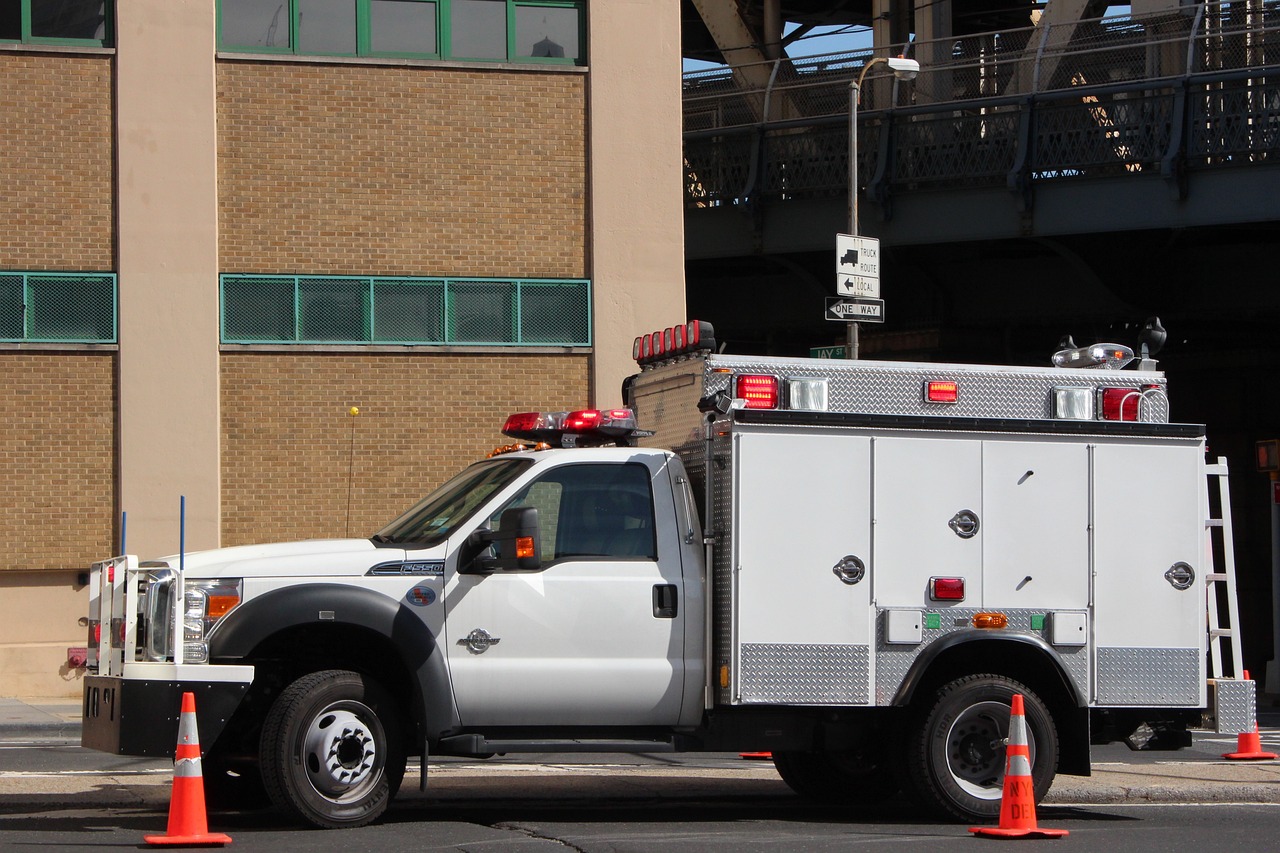
Canned Goods
Canned goods are often hailed as the unsung heroes of emergency food storage. Their longevity and convenience make them a staple in any preparedness plan. Imagine having a well-stocked pantry filled with cans of nutritious food that can withstand the test of time, ready to support you and your family during unexpected crises. Not only do they provide essential nutrients, but they also eliminate the stress of meal planning when the unexpected strikes.
When selecting canned goods for your emergency kit, it's important to consider a few key factors. First, look for items that have a long shelf life—most canned foods can last anywhere from 2 to 5 years or even longer if stored properly. Additionally, consider the nutritional value of the foods you choose. Opt for a variety of items that can provide a balanced diet, including:
- Vegetables: Canned vegetables like corn, peas, and green beans are rich in vitamins and minerals.
- Fruits: Canned fruits, especially those packed in juice, can offer a sweet treat and additional nutrients.
- Proteins: Canned beans, tuna, and chicken are excellent sources of protein that help keep your energy up.
- Soups and Stews: These can be a complete meal in a can, providing warmth and comfort during tough times.
It's equally important to rotate your canned goods regularly. This means using the older cans first and replacing them with fresh stock. By doing this, you ensure that your supplies remain viable and ready for use when needed. A simple way to keep track of your canned goods is to label them with the purchase date and expiration date, which will help you maintain a well-organized pantry.
In addition to their practicality, canned goods also offer versatility in meal preparation. You can easily mix and match different items to create satisfying meals. For instance, combine canned beans with rice and some canned tomatoes for a hearty dish. The possibilities are endless, and with a little creativity, you can whip up delicious meals even during emergencies.
In summary, canned goods are an essential component of any emergency preparedness plan. Their long shelf life, nutritional value, and versatility make them ideal for ensuring that you and your family have access to food when it matters most. So, take the time to stock up on a variety of canned goods and enjoy the peace of mind that comes with knowing you're prepared for whatever life throws your way.
Q1: How long do canned goods last?
A1: Most canned goods can last anywhere from 2 to 5 years or even longer if stored in a cool, dry place. Always check the expiration dates for specific items.
Q2: Can I eat canned goods after the expiration date?
A2: While canned goods may still be safe to eat after the expiration date, their quality and flavor may diminish. It's best to consume them before the date for optimal taste and nutrition.
Q3: What types of canned goods should I include in my emergency kit?
A3: Include a variety of canned vegetables, fruits, proteins, and ready-to-eat meals like soups or stews to ensure a balanced diet during emergencies.
Q4: How should I store canned goods for maximum longevity?
A4: Store canned goods in a cool, dry place away from direct sunlight. Keeping them in a consistent temperature can extend their shelf life.
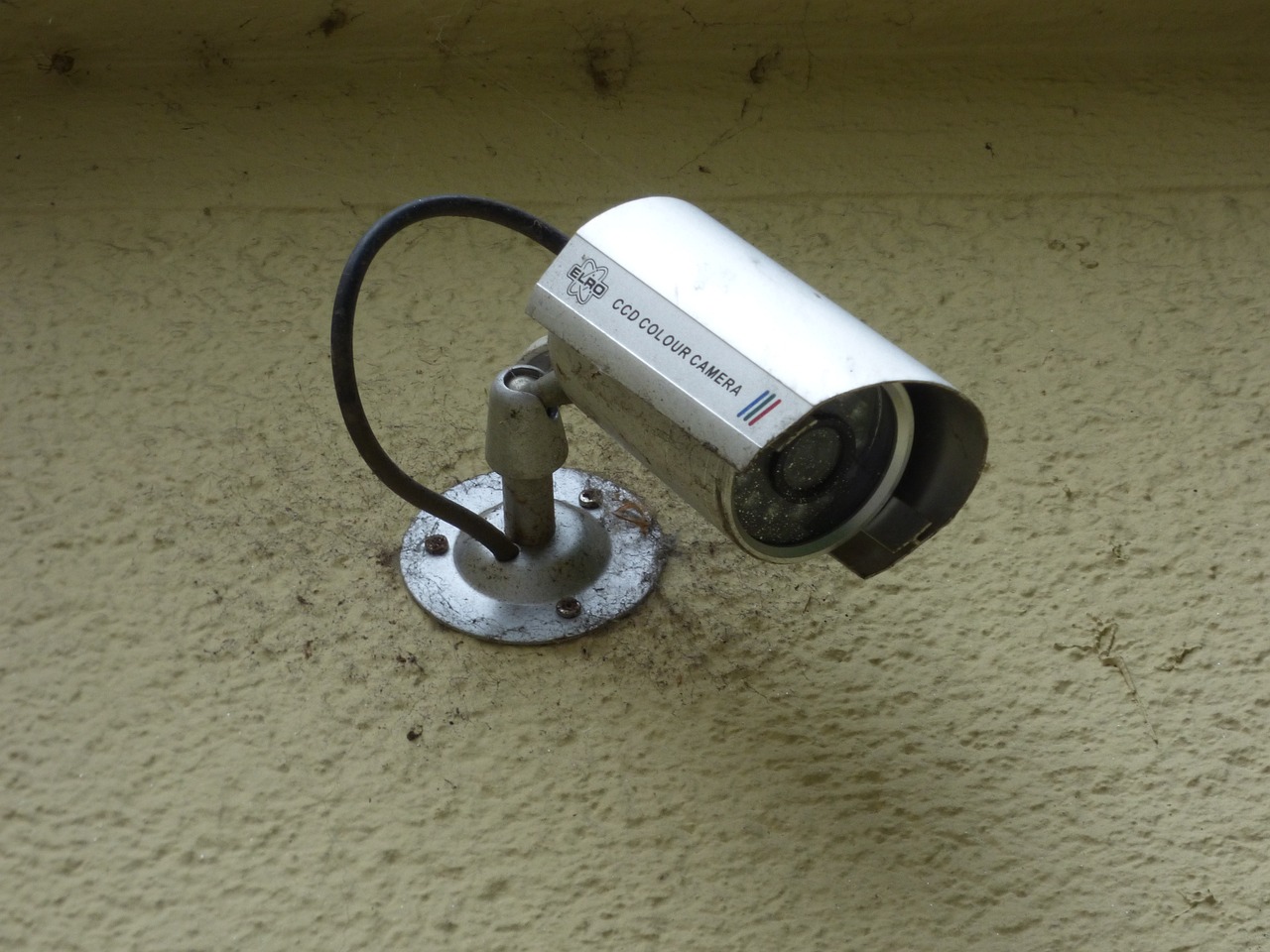
Home Security Measures
Enhancing home security is not just about installing a few locks and calling it a day; it's about creating a comprehensive shield around your sanctuary. In today's unpredictable world, taking proactive measures to protect your home and loved ones has never been more crucial. From advanced alarm systems to smart home technology, there are a plethora of options available that can significantly bolster your safety. Imagine your home as a fortress, where every door and window is fortified, and every corner is monitored, providing you with peace of mind even in the face of uncertainty.
One of the most effective ways to deter potential intruders is through the installation of security alarms. These systems not only sound an alarm when unauthorized access is detected but can also alert local authorities, ensuring a swift response. There are various types of alarms available, including:
- Monitored Alarms: These are connected to a professional monitoring service that can notify the police in real-time.
- Unmonitored Alarms: These systems will sound an alarm but do not notify authorities; they rely on neighbors or passersby to take action.
- Smart Alarms: These can be controlled via smartphone apps, allowing you to monitor your home from anywhere.
Beyond alarms, enhancing your physical barriers is essential. Installing high-quality locks on all doors and windows is a simple yet effective measure. Consider deadbolt locks, which are much harder to pick than standard locks. Additionally, reinforcing doors with steel plates or using security bars on windows can further enhance your home’s defenses. Remember, the goal is to make your home less appealing to burglars, who often look for easy targets.
Another innovative approach to home security is the use of smart home technology. This technology allows you to monitor your home remotely, offering a sense of control and security no matter where you are. Devices such as smart cameras, motion detectors, and smart doorbells can provide real-time video feeds and alerts directly to your smartphone. Imagine being able to see who is at your door or detect unusual activity in your yard while you’re at work or on vacation. This level of awareness can be a game-changer for your peace of mind.
To illustrate the effectiveness of these home security measures, consider the following table that compares traditional security measures with modern smart technology:
| Security Measure | Traditional Approach | Smart Technology |
|---|---|---|
| Monitoring | Local neighbors or unmonitored alarms | 24/7 professional monitoring via apps |
| Control | Physical presence required | Remote access from anywhere |
| Alerts | Sound alarms only | Instant notifications to your phone |
In addition to these measures, it's wise to establish a neighborhood watch program. Collaborating with your neighbors creates a community of vigilance, where everyone looks out for one another. This can be as simple as sharing contact information and agreeing to report suspicious activity. After all, there’s strength in numbers, and a united neighborhood is a formidable deterrent against crime.
In conclusion, investing in home security measures is not just about protection; it’s about creating a safe haven for you and your family. With the right combination of alarms, locks, smart technology, and community involvement, you can significantly reduce the risk of becoming a victim of crime. Remember, a secure home is a happy home, and taking these steps today can lead to a safer tomorrow.
Q: What are the best security measures to start with?
A: Start with high-quality locks on doors and windows, followed by a reliable security alarm system. Adding smart technology can enhance your security further.
Q: How often should I update my home security system?
A: It's advisable to review and update your home security measures annually or whenever you make significant changes to your home or lifestyle.
Q: Are smart home security systems worth the investment?
A: Yes, smart home security systems offer convenience, real-time monitoring, and enhanced control, making them a worthwhile investment for many homeowners.
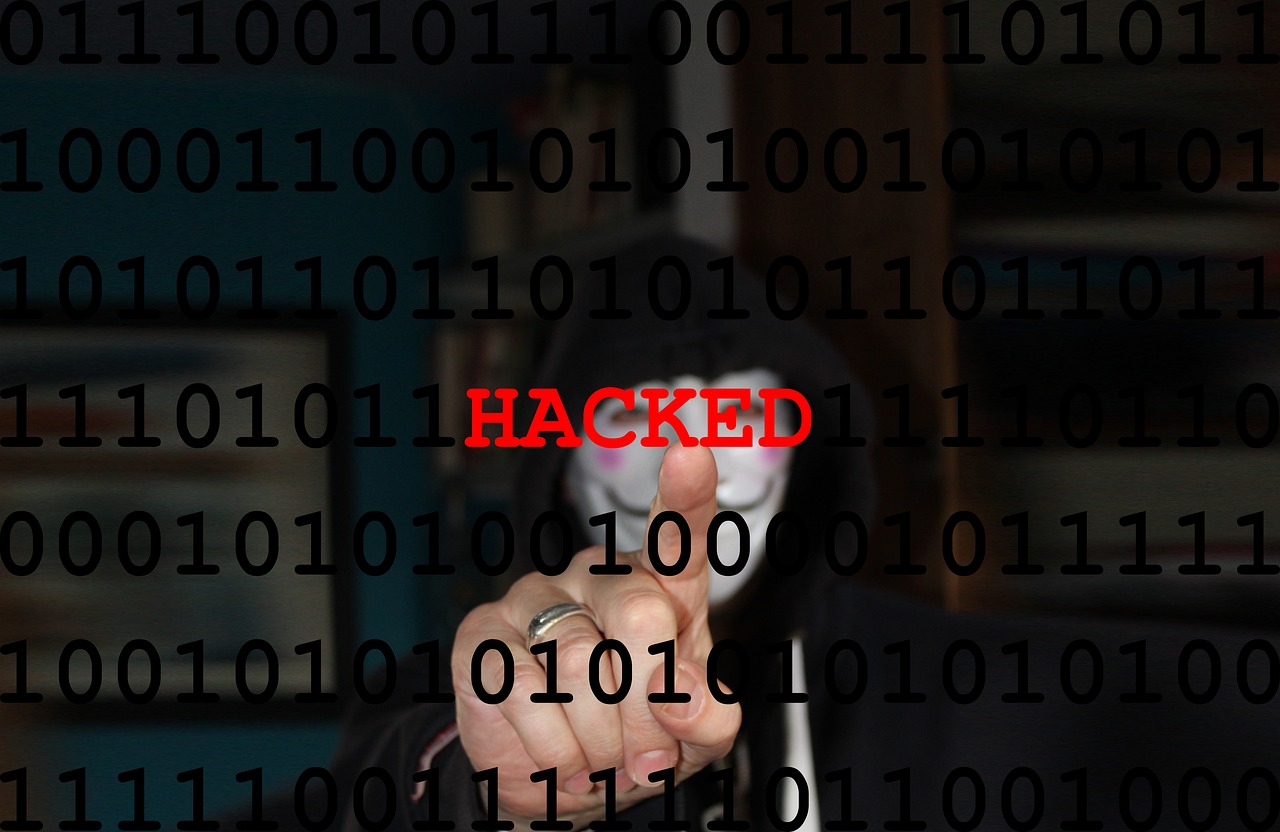
Security Alarms
Security alarms are more than just a luxury; they are a critical component of home safety, especially during emergencies. Imagine the peace of mind that comes from knowing your home is protected by a sophisticated system that can alert you to potential intruders or emergencies. These systems can deter criminal activity and provide immediate notifications to homeowners, ensuring that you are always aware of what’s happening around you.
There are various types of security alarms available on the market today, each designed to meet different needs and preferences. For instance, some systems are equipped with motion detectors that trigger an alarm when unexpected movement is detected, while others may include window and door sensors that alert you if someone tries to gain unauthorized access. Additionally, many modern security alarms can be integrated with smart home technology, allowing you to monitor your home remotely through your smartphone or tablet. This level of connectivity means you can receive real-time alerts, even when you’re miles away.
When choosing a security alarm system, consider the following features to ensure you select the best option for your home:
- Monitoring Options: Decide whether you want a self-monitored system or one that connects to a professional monitoring service. Professional services offer 24/7 monitoring, but self-monitored systems can save you money.
- Installation Type: Some systems are DIY-friendly, while others may require professional installation. Think about your comfort level with technology and installation processes.
- Smart Home Integration: Look for systems that can connect with other smart devices in your home for enhanced automation and control.
- Battery Backup: Ensure that your system has a battery backup to keep it operational during power outages.
Security alarms are not just about preventing break-ins; they can also be equipped with environmental sensors that detect smoke, carbon monoxide, or flooding. These multi-functional systems provide comprehensive protection, ensuring that you and your family are safe from various threats. In emergencies, every second counts, and having a reliable alarm system can make all the difference.
As you consider investing in a security alarm system, think about the unique needs of your household. For example, families with children or elderly members may prioritize systems that offer emergency buttons or features designed for quick access to help. Ultimately, the right security alarm not only protects your home but also enhances your overall sense of safety and well-being.
Q: How do security alarms work?
A: Security alarms work by using sensors to detect unauthorized entry or environmental hazards. When a sensor is triggered, the system sends an alert to the homeowner or a monitoring service, which can then take appropriate action.
Q: Are security alarms expensive?
A: The cost of security alarms can vary widely based on features, installation, and monitoring options. However, many affordable options are available that provide excellent protection.
Q: Can I install a security alarm myself?
A: Yes, many security alarms are designed for easy DIY installation. However, some systems may require professional installation for optimal performance.
Q: What should I do if my alarm goes off?
A: If your alarm goes off, remain calm. Check your surroundings and follow your emergency plan. If you suspect a break-in, contact local authorities immediately.
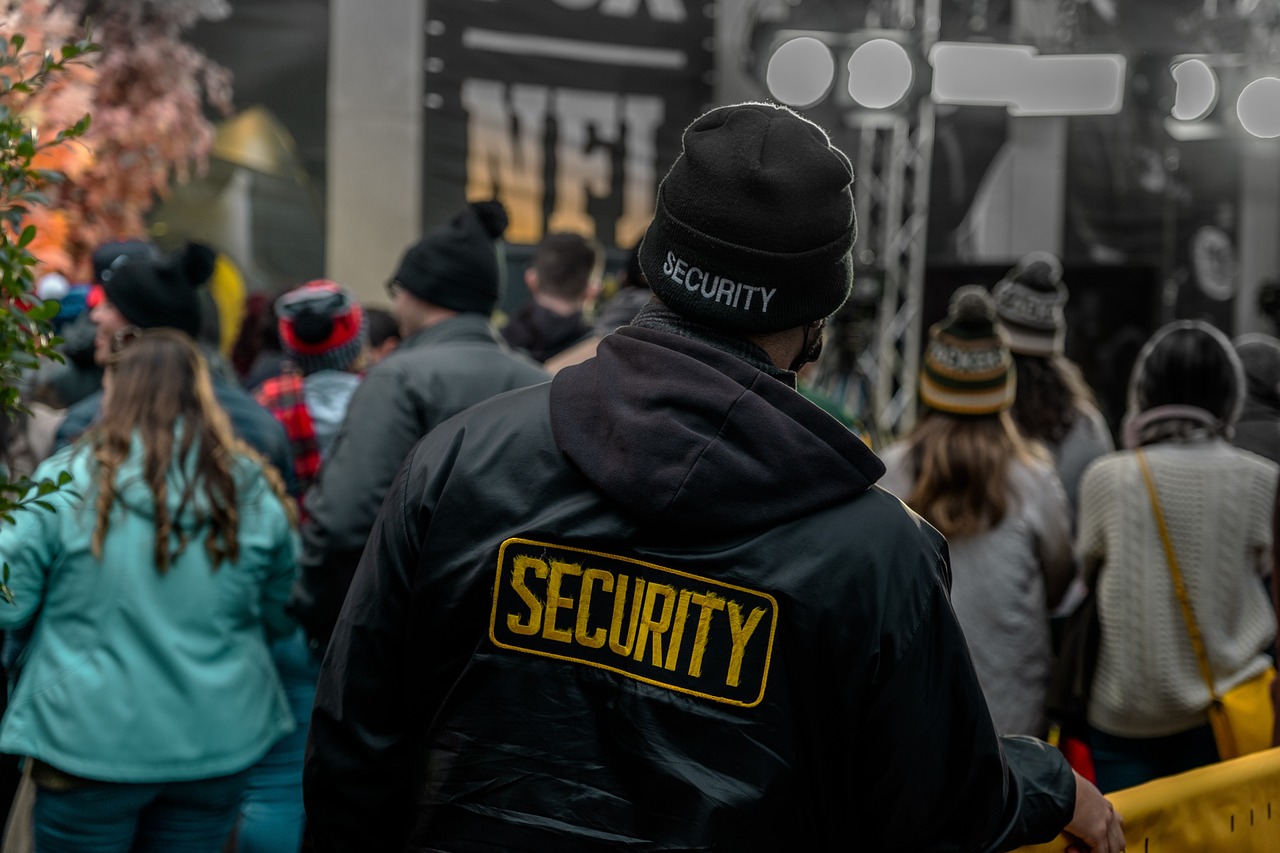
Smart Home Technology
In today's fast-paced world, has emerged as a game-changer for enhancing home security and personal safety. Imagine being able to monitor your home from anywhere in the world, receiving real-time alerts about any suspicious activity, and controlling your security devices with just a few taps on your smartphone. Sounds like something out of a sci-fi movie, right? Well, welcome to the future!
Smart home devices, like security cameras, smart locks, and motion sensors, work together to create a comprehensive security system that keeps your home safe. For instance, a smart doorbell camera allows you to see who is at your door without having to open it, providing an extra layer of security. With features like two-way audio, you can even communicate with visitors or potential intruders from the comfort of your couch or while you're away.
Moreover, the integration of smart home technology with your existing home systems can lead to a more efficient and responsive environment. For example, smart locks can be programmed to automatically lock when you leave home or unlock when you arrive, eliminating the hassle of fumbling for keys. Not only does this enhance convenience, but it also ensures that your home is secure at all times.
Here are some key features of smart home technology that enhance security:
- Remote Monitoring: Access live feeds from your security cameras through your smartphone or tablet.
- Automated Alerts: Receive notifications about unusual activity or breaches in real-time.
- Integration with Other Devices: Sync with alarms, lights, and other devices for a comprehensive security solution.
And let’s not forget about the convenience of smart home hubs. These devices act as the central command for all your smart home gadgets, allowing you to control everything from one place. Whether it's adjusting your thermostat, locking your doors, or checking your security cameras, a smart home hub simplifies the process and enhances your overall security strategy.
In addition to security, smart home technology can also help you manage energy consumption, making your home not only safer but also more energy-efficient. Smart lighting systems can be programmed to turn on and off based on your schedule, ensuring that lights are only on when needed, which can save you money on your energy bills.
As we move forward into an increasingly connected world, investing in smart home technology is not just about convenience; it’s about ensuring your safety and peace of mind. So, whether you're at home or on the go, you'll always be in control of your environment.
Here are some common questions regarding smart home technology and its role in enhancing home security:
- What devices are considered smart home technology? Smart home technology includes devices like smart locks, security cameras, smart doorbells, motion sensors, and smart hubs.
- How does smart home technology improve security? It provides remote monitoring, automated alerts, and integration with other devices to create a comprehensive security system.
- Can smart home devices be hacked? Like any internet-connected device, there is a risk of hacking. However, using strong passwords and keeping your software updated can mitigate these risks.
- Is smart home technology expensive? The cost can vary widely depending on the devices you choose, but there are options available for different budgets.
Frequently Asked Questions
- What should I include in my emergency kit?
Your emergency kit should contain essential supplies such as non-perishable food, water, a first aid kit, flashlights, batteries, a multi-tool, and any necessary medications. It's also wise to include personal documents, cash, and a whistle for signaling.
- How often should I check my first aid kit?
It's important to check your first aid kit at least every six months. This ensures that all supplies are in good condition and that items like medications and bandages haven't expired.
- What types of emergency communication tools do I need?
Consider having a combination of two-way radios, a battery-powered or hand-crank emergency radio, and a reliable smartphone app for emergency alerts. These tools can keep you informed and connected when traditional communication methods fail.
- Are self-defense products legal to carry?
The legality of self-defense products like pepper spray or personal alarms varies by location. Always check local laws and regulations to ensure that you are compliant before purchasing or carrying these items.
- How can I ensure my home is secure during emergencies?
Enhancing home security can involve installing security alarms, deadbolts, and surveillance cameras. Smart home technology can also provide real-time monitoring and alerts, helping you stay aware of your home’s safety.
- What are the best food storage solutions for emergencies?
Freeze-dried meals, canned goods, and vacuum-sealed packages are excellent options for long-term food storage. They have long shelf lives and require minimal preparation, making them perfect for emergency situations.
- How do I choose the right water filtration system?
When selecting a water filtration system, consider factors like portability, filtration speed, and the specific contaminants it removes. Portable water filters and purification tablets are great options for emergency kits.
- What types of emergency lighting should I have?
Battery-powered lanterns and solar-powered lights are both excellent choices for emergency lighting. Lanterns provide consistent brightness, while solar lights are eco-friendly and can be charged during the day for use at night.



















